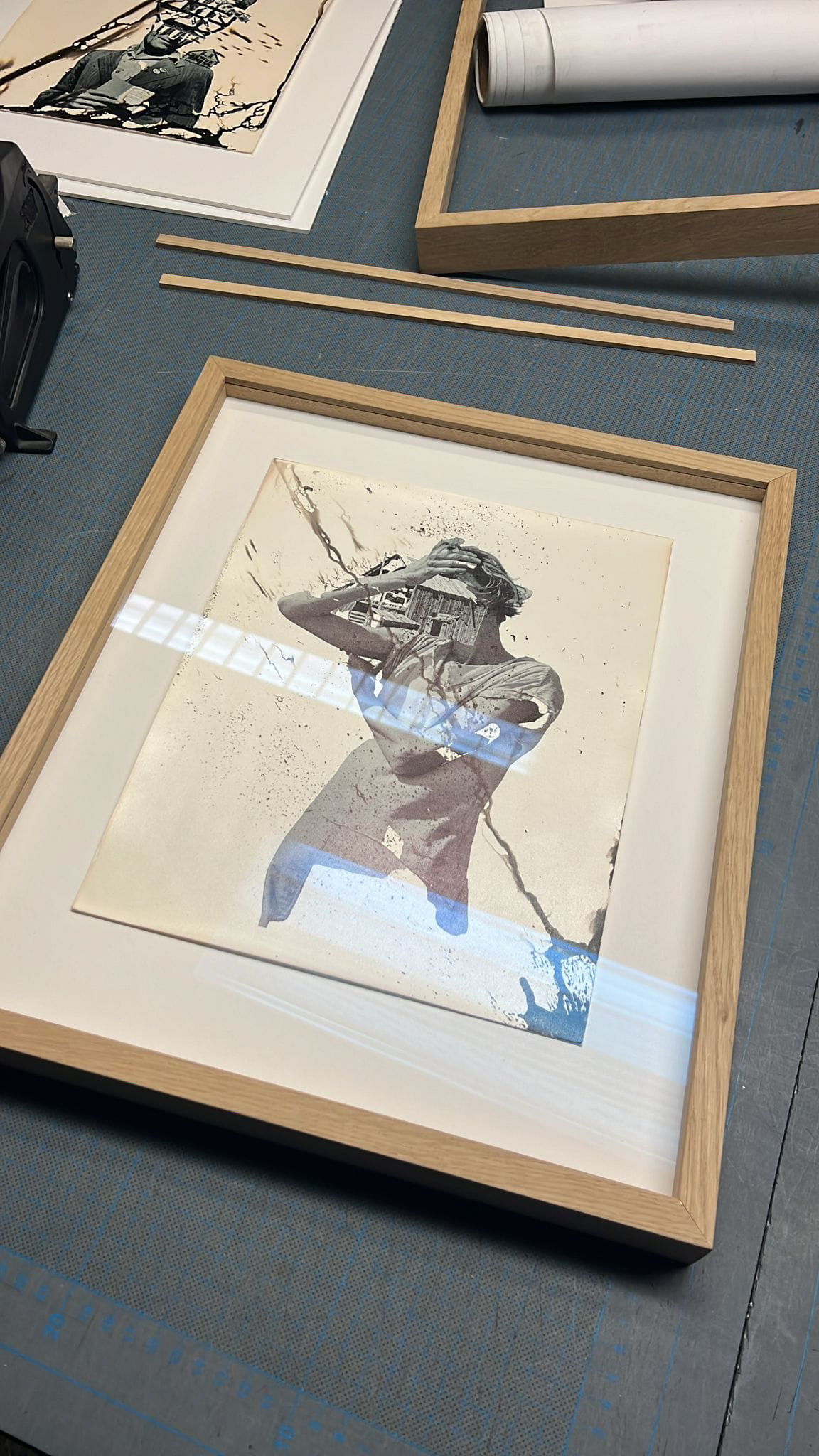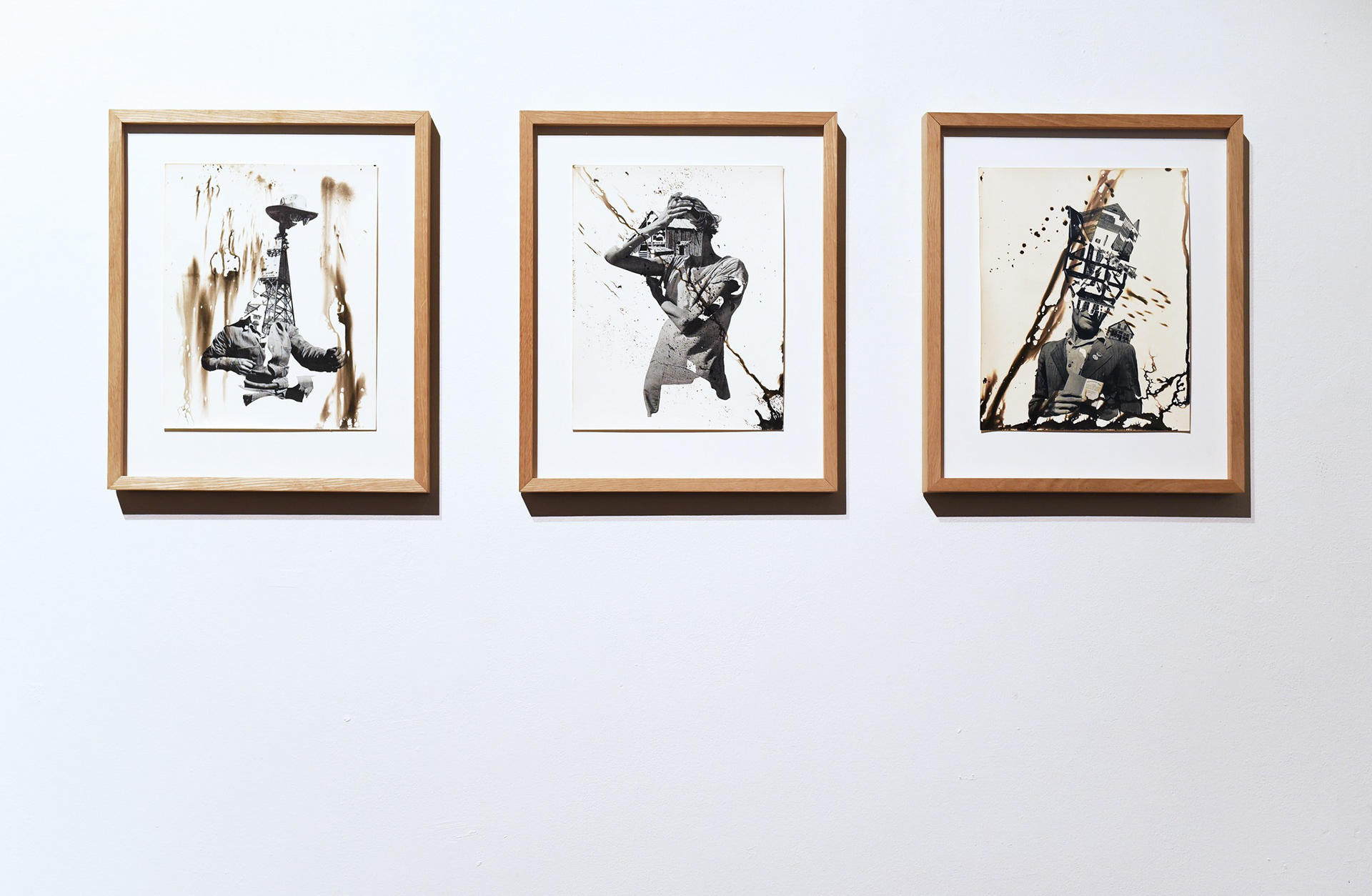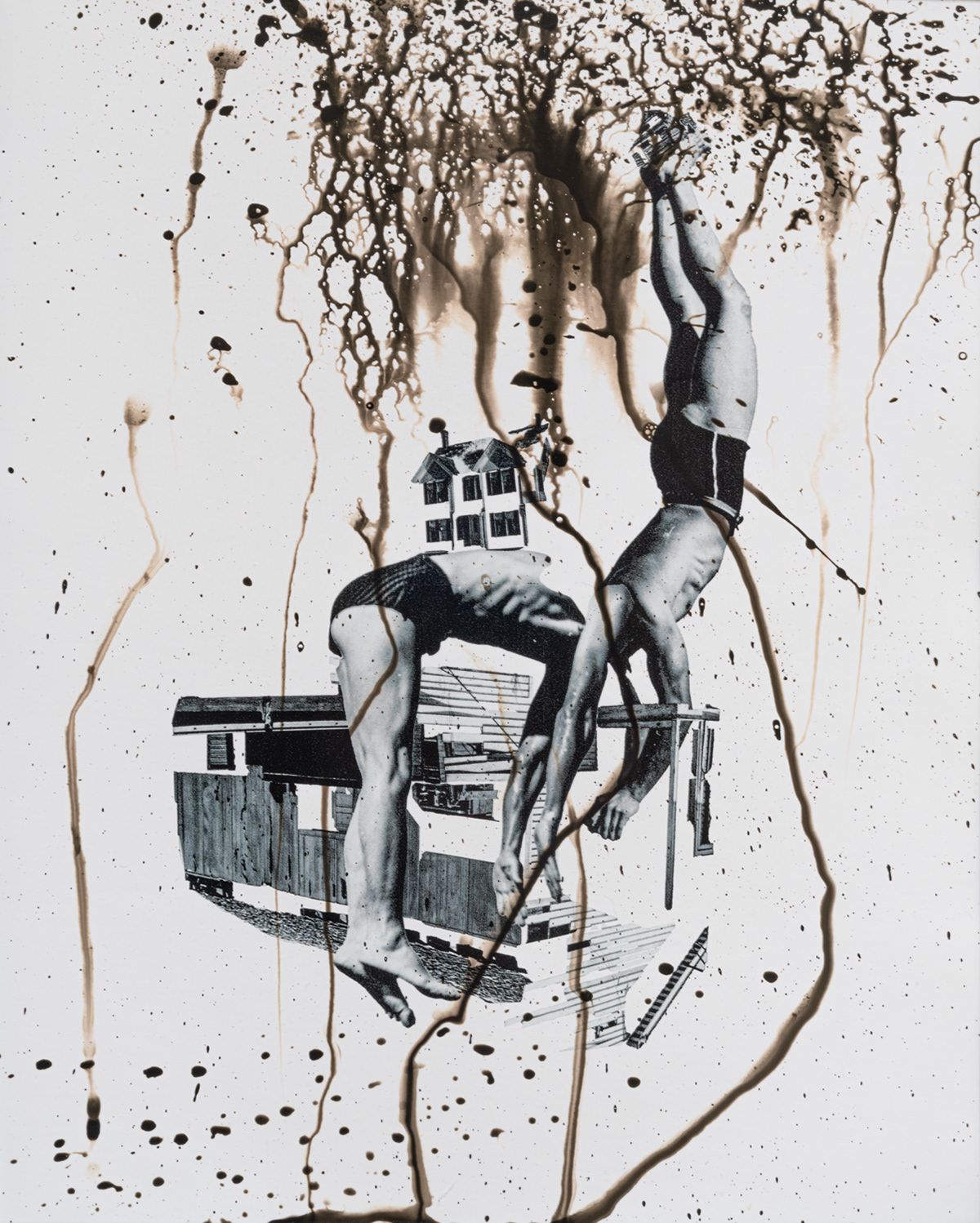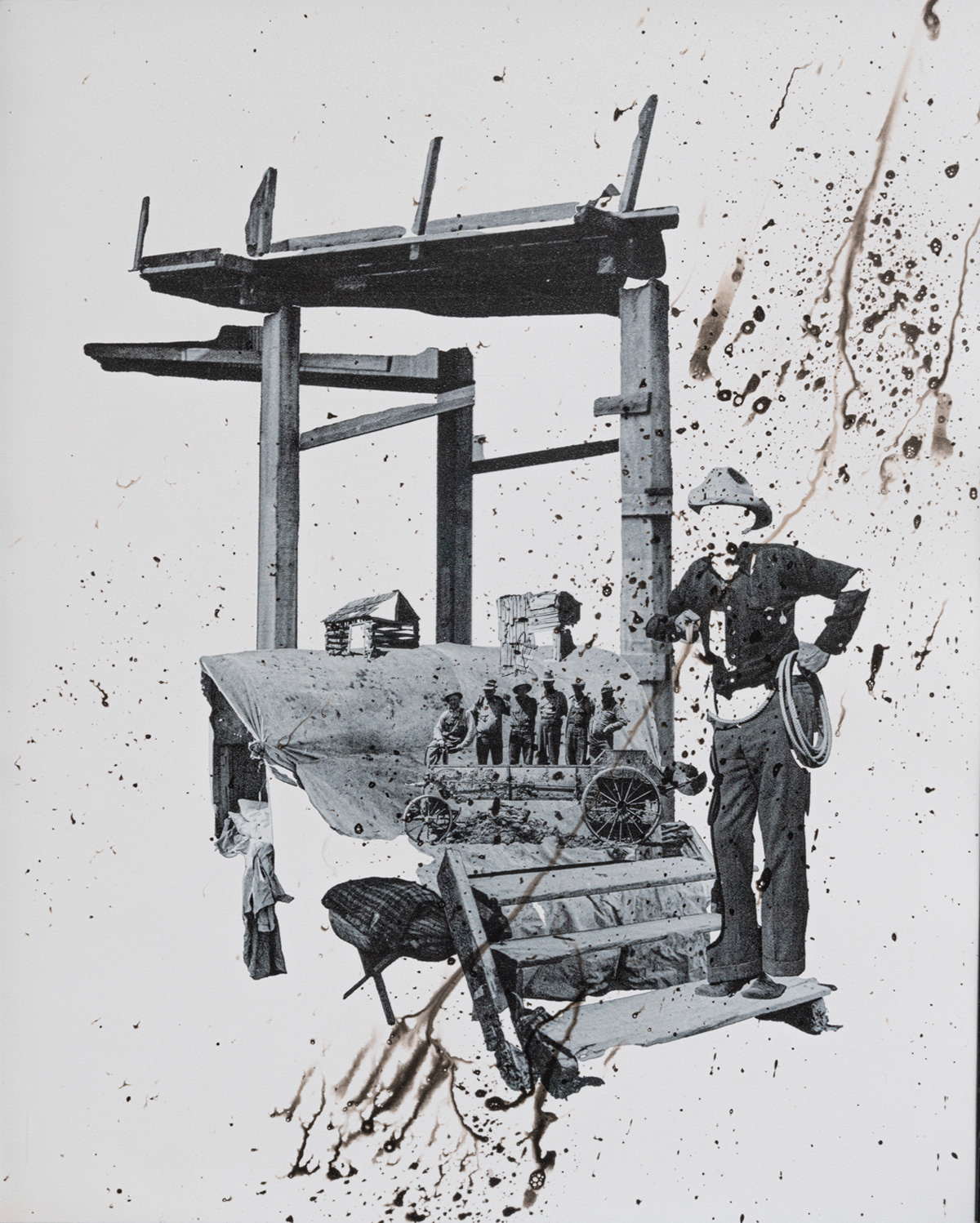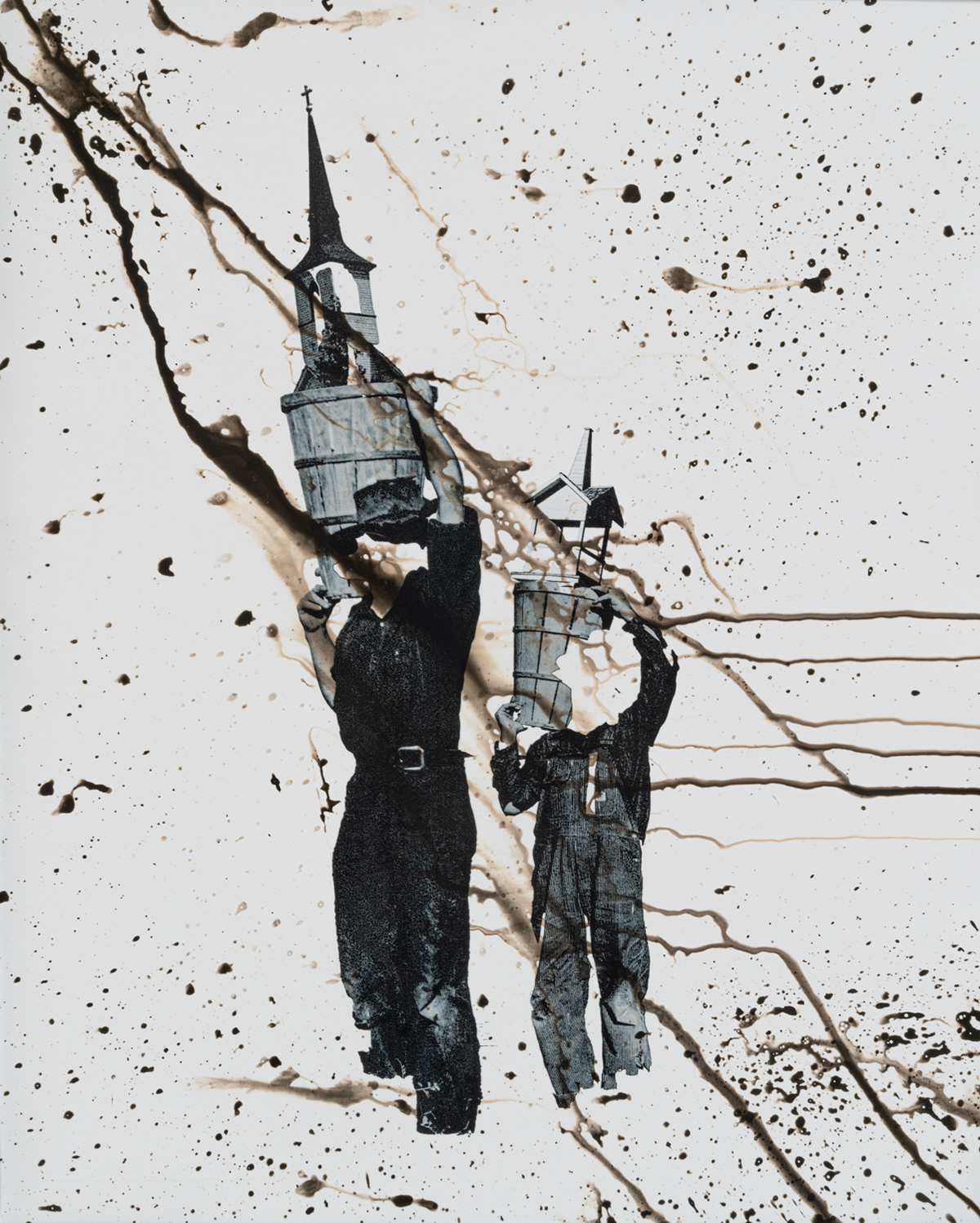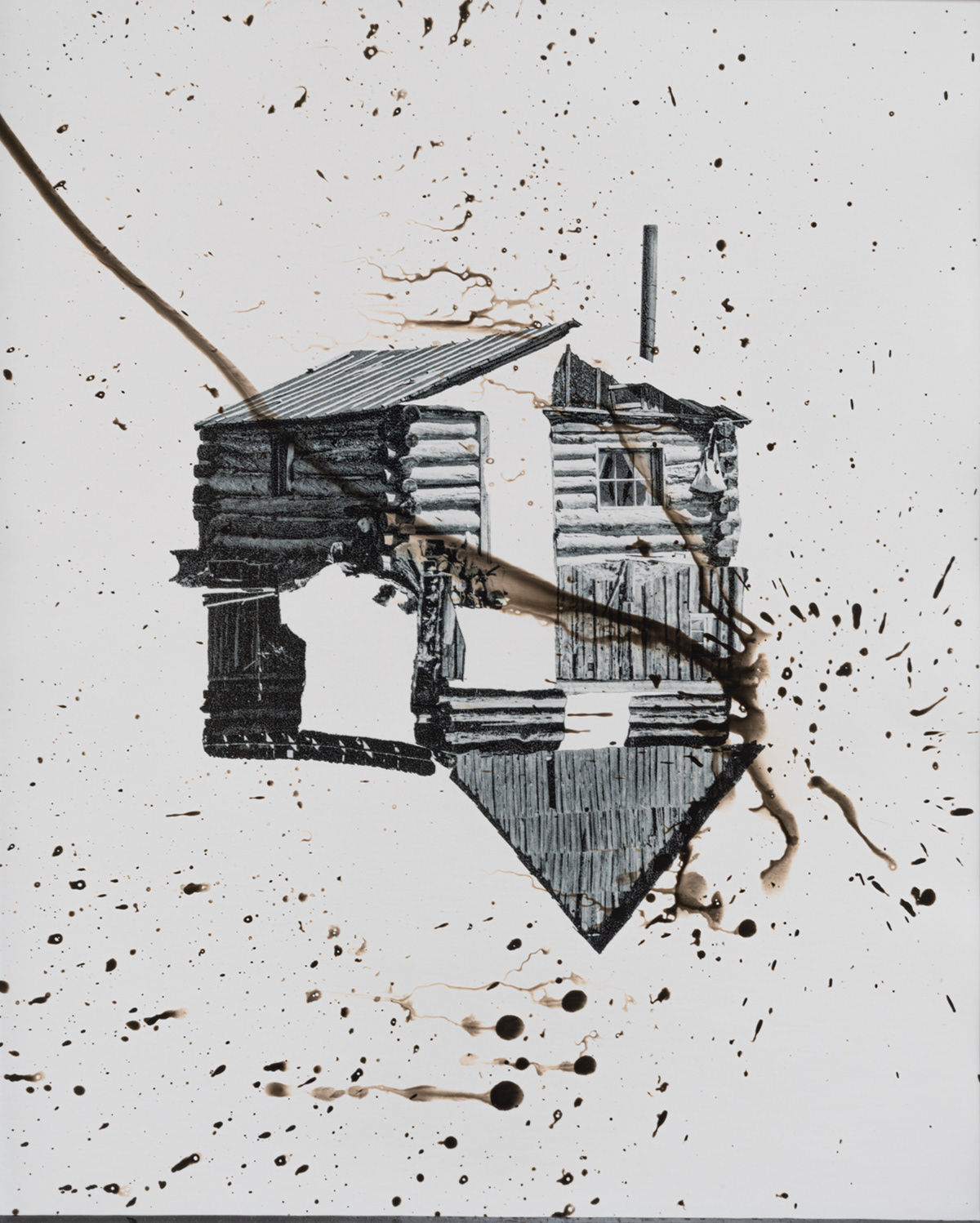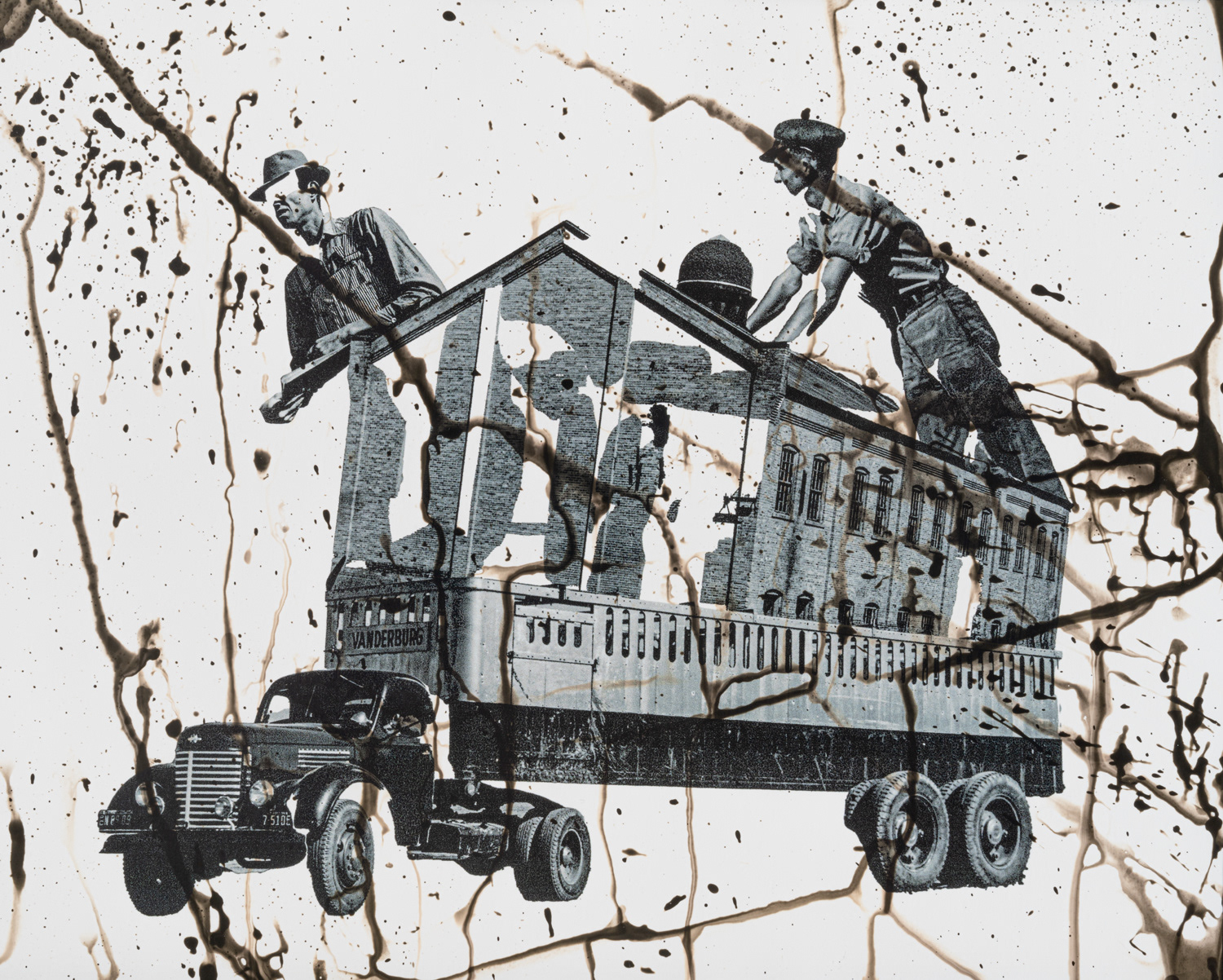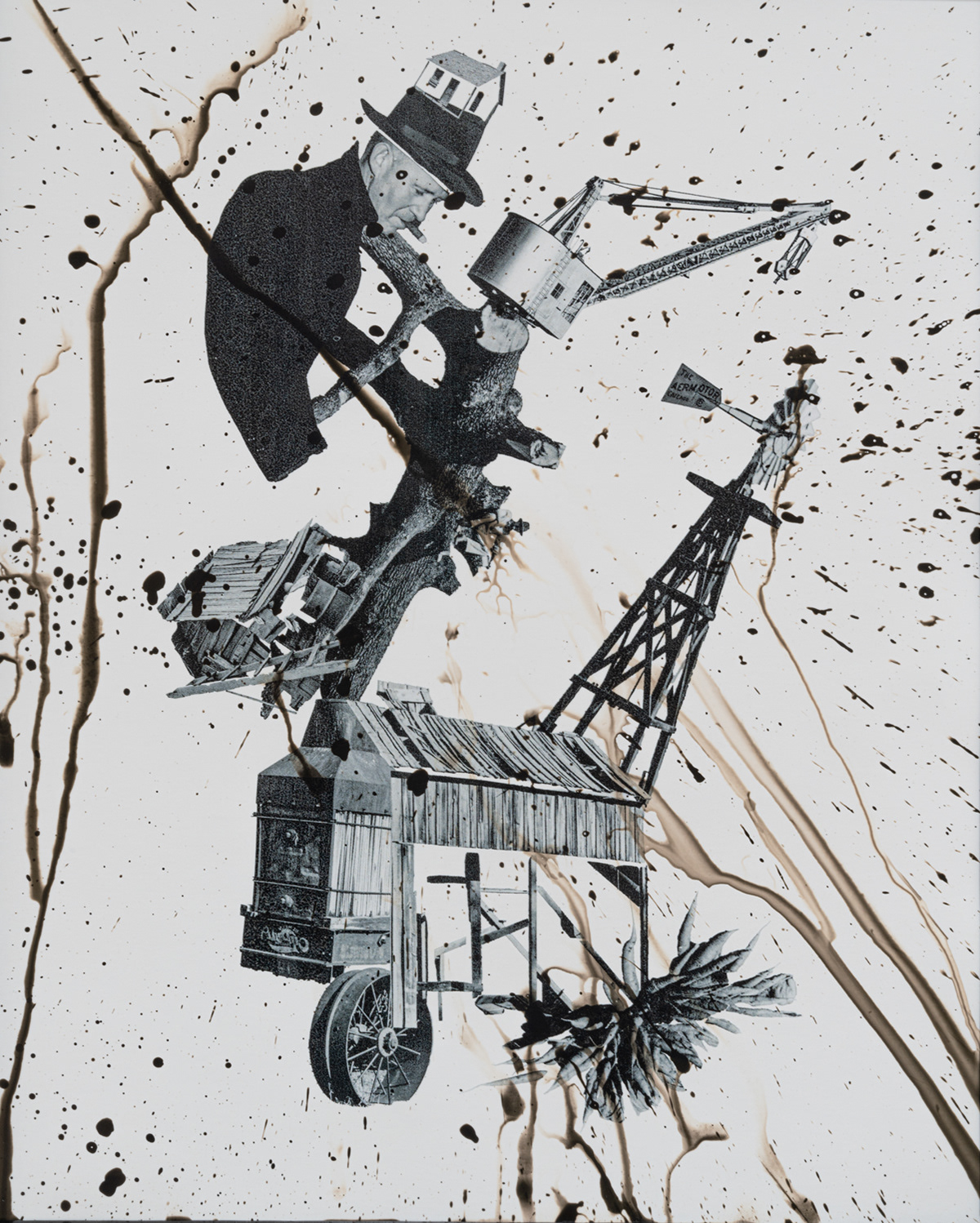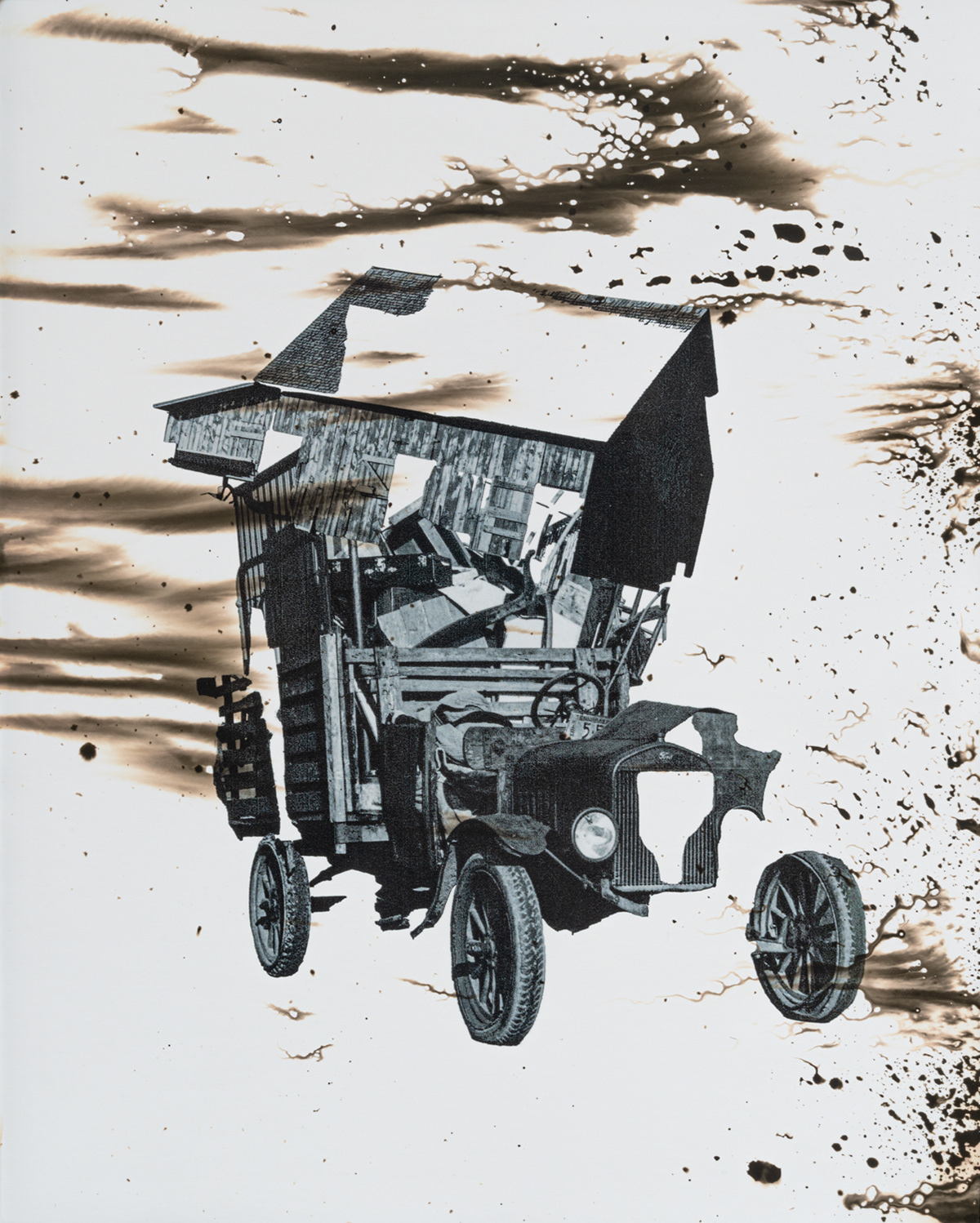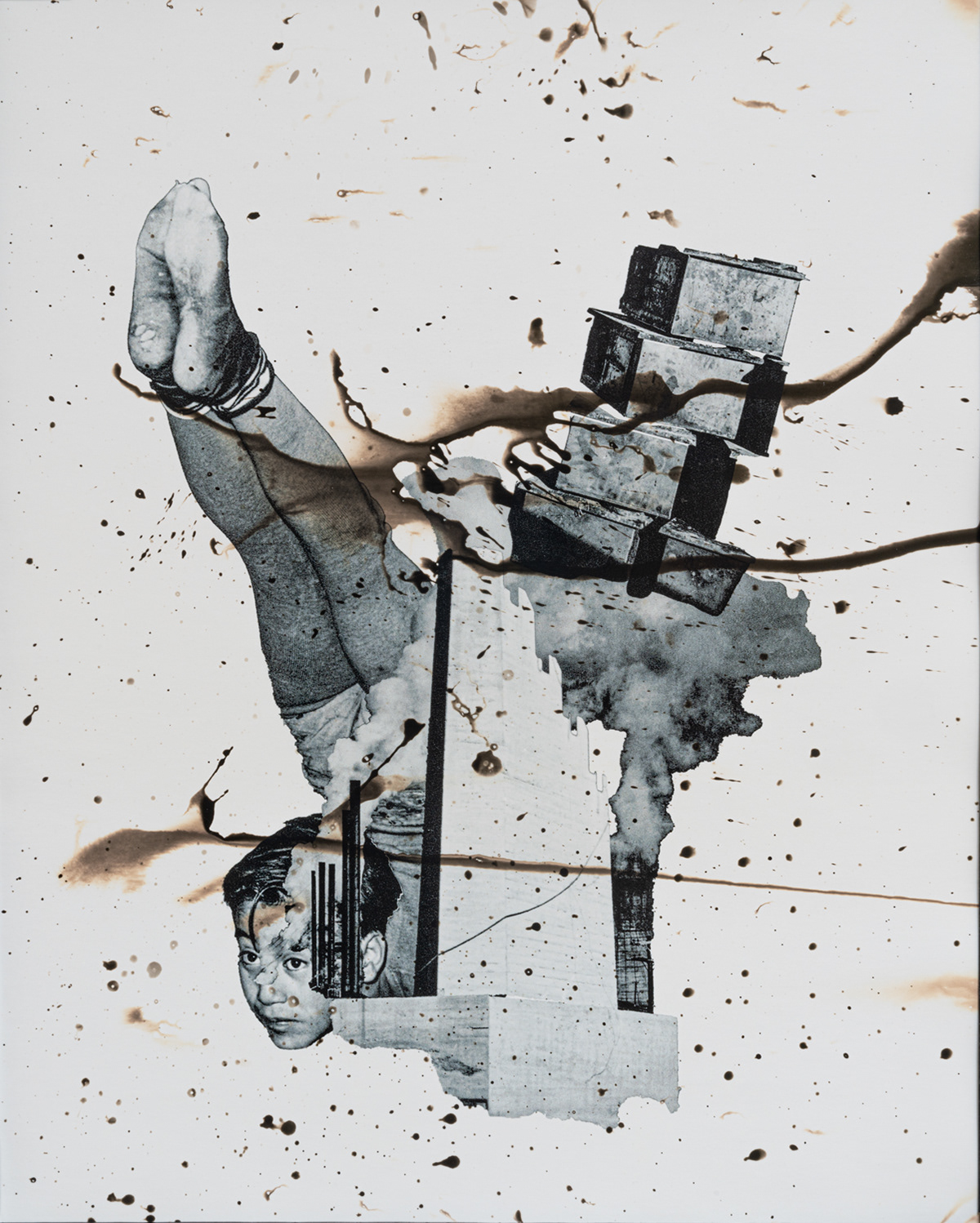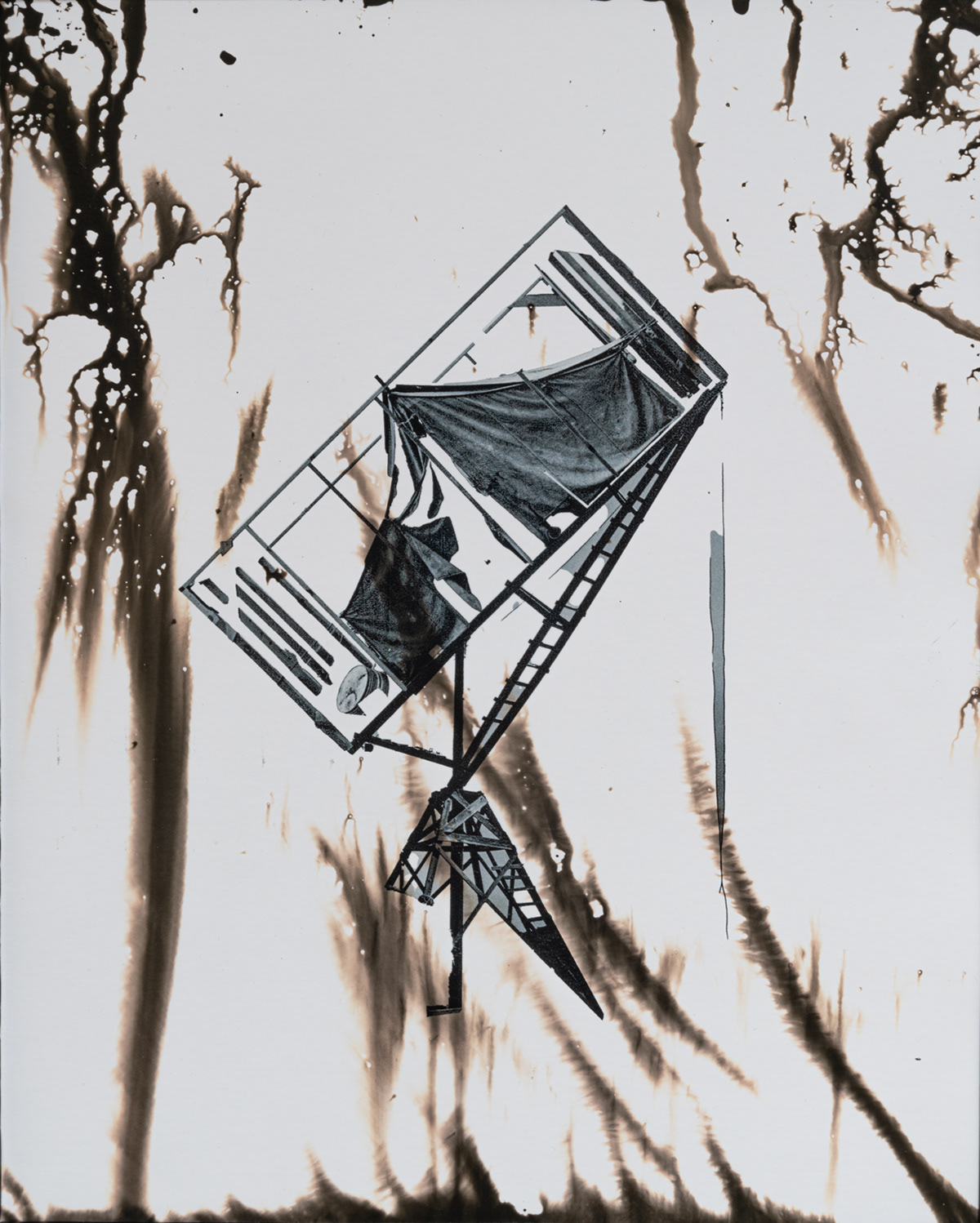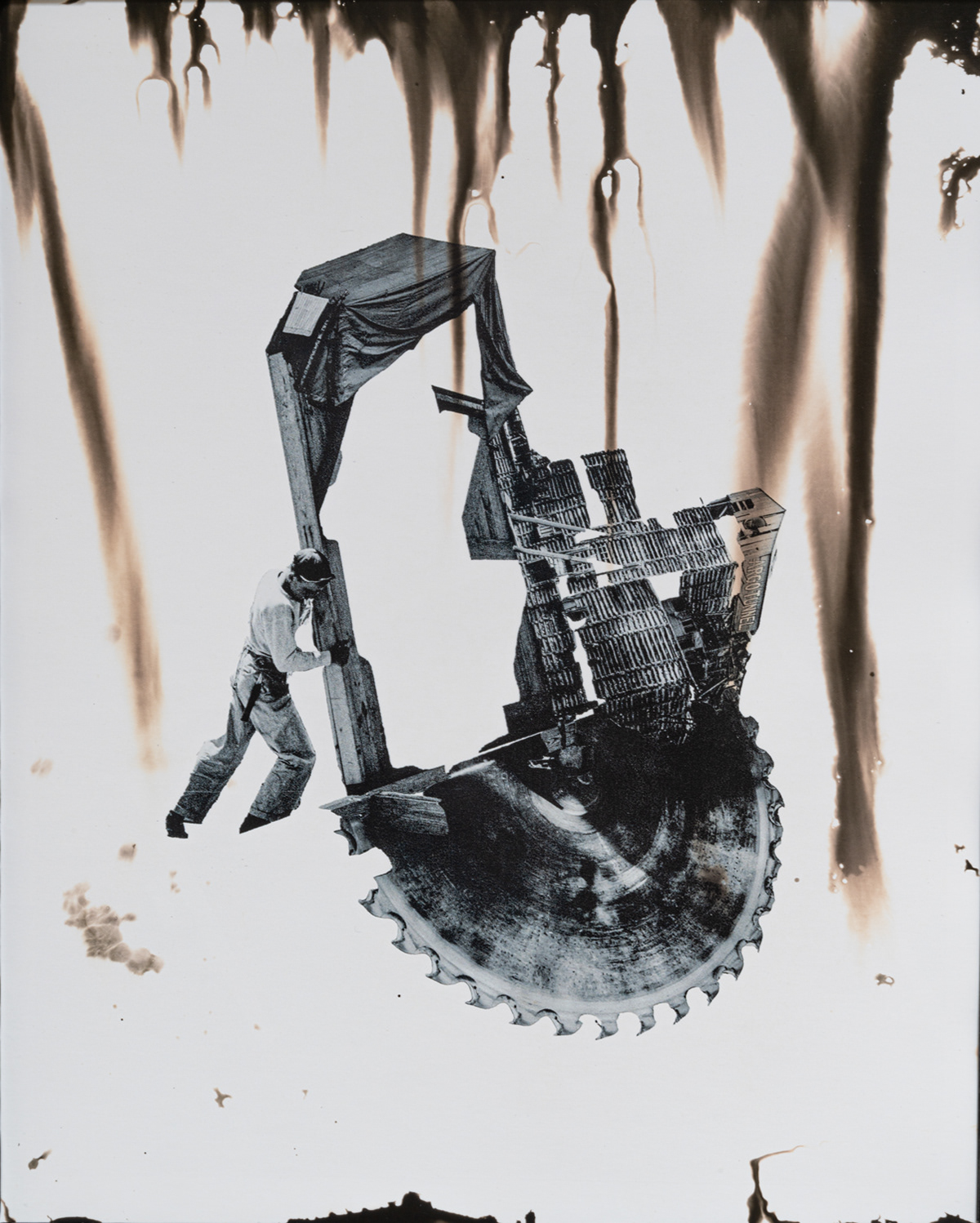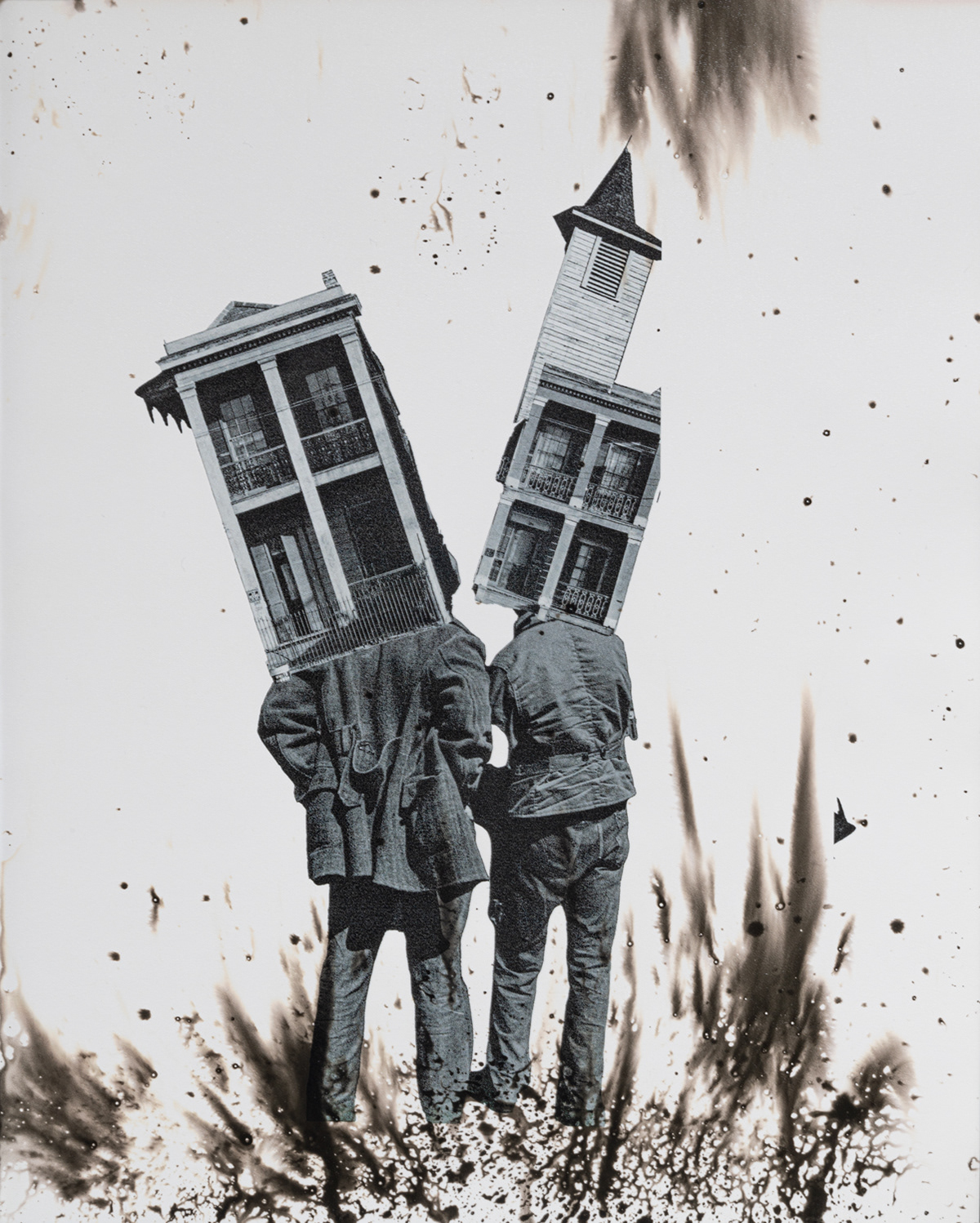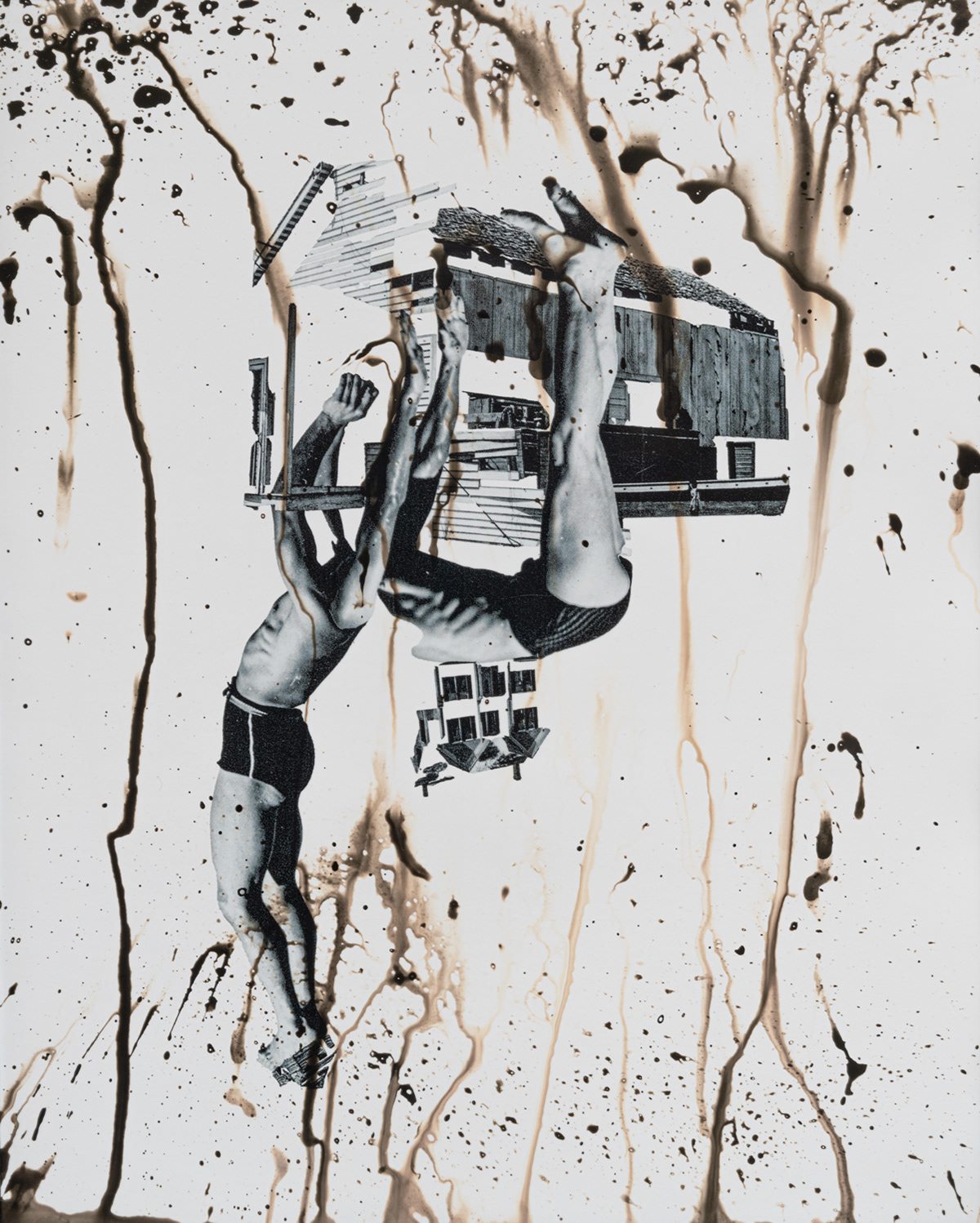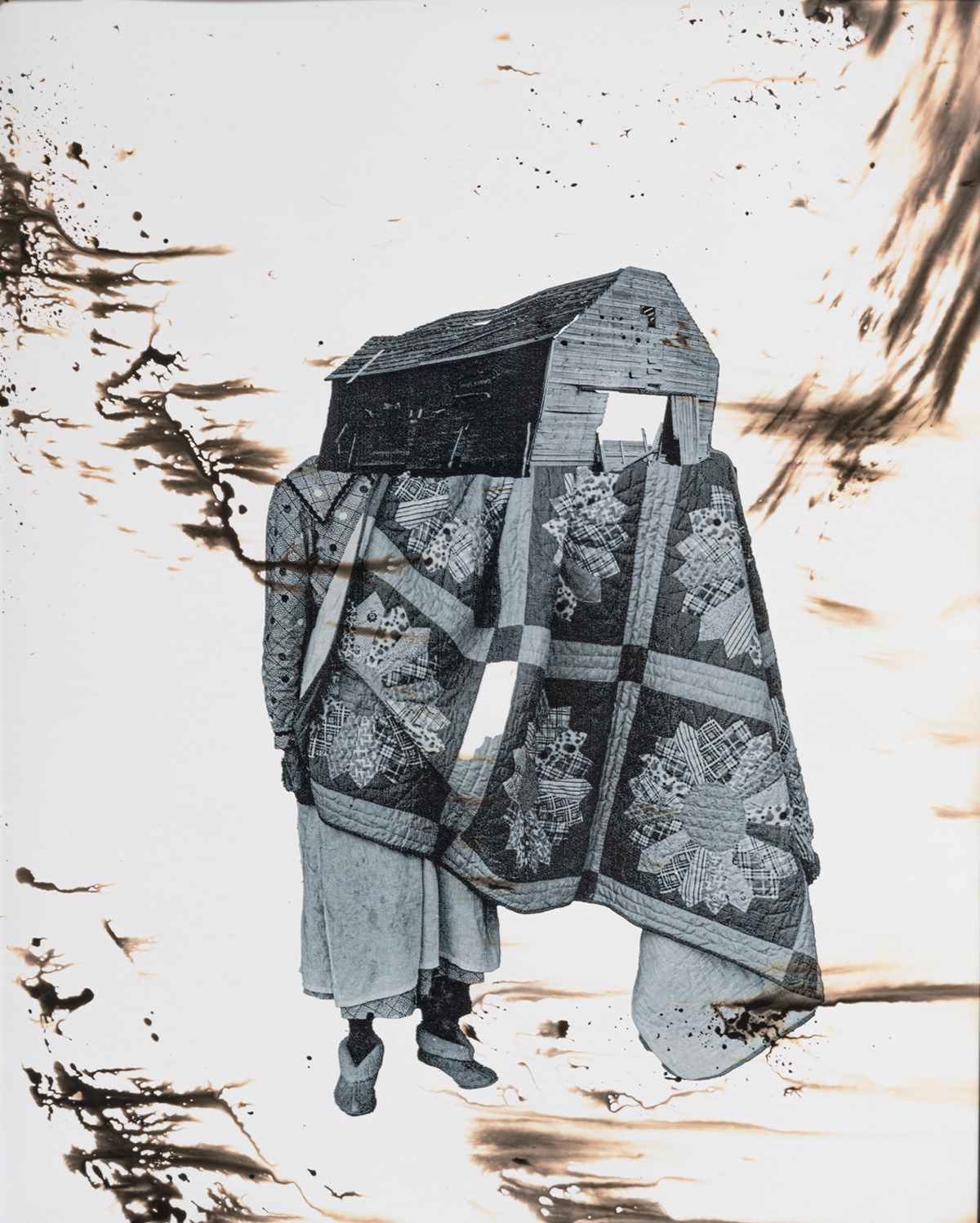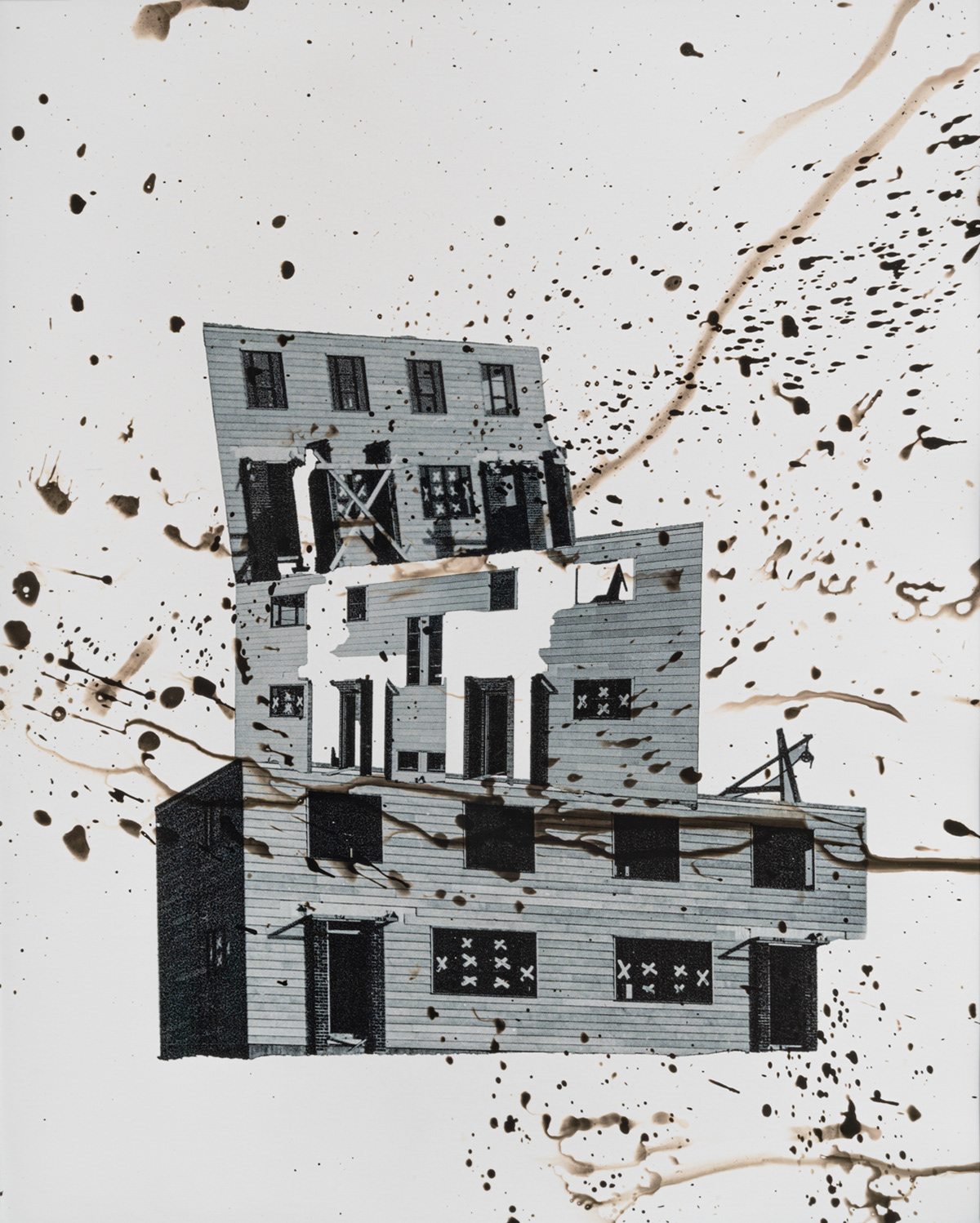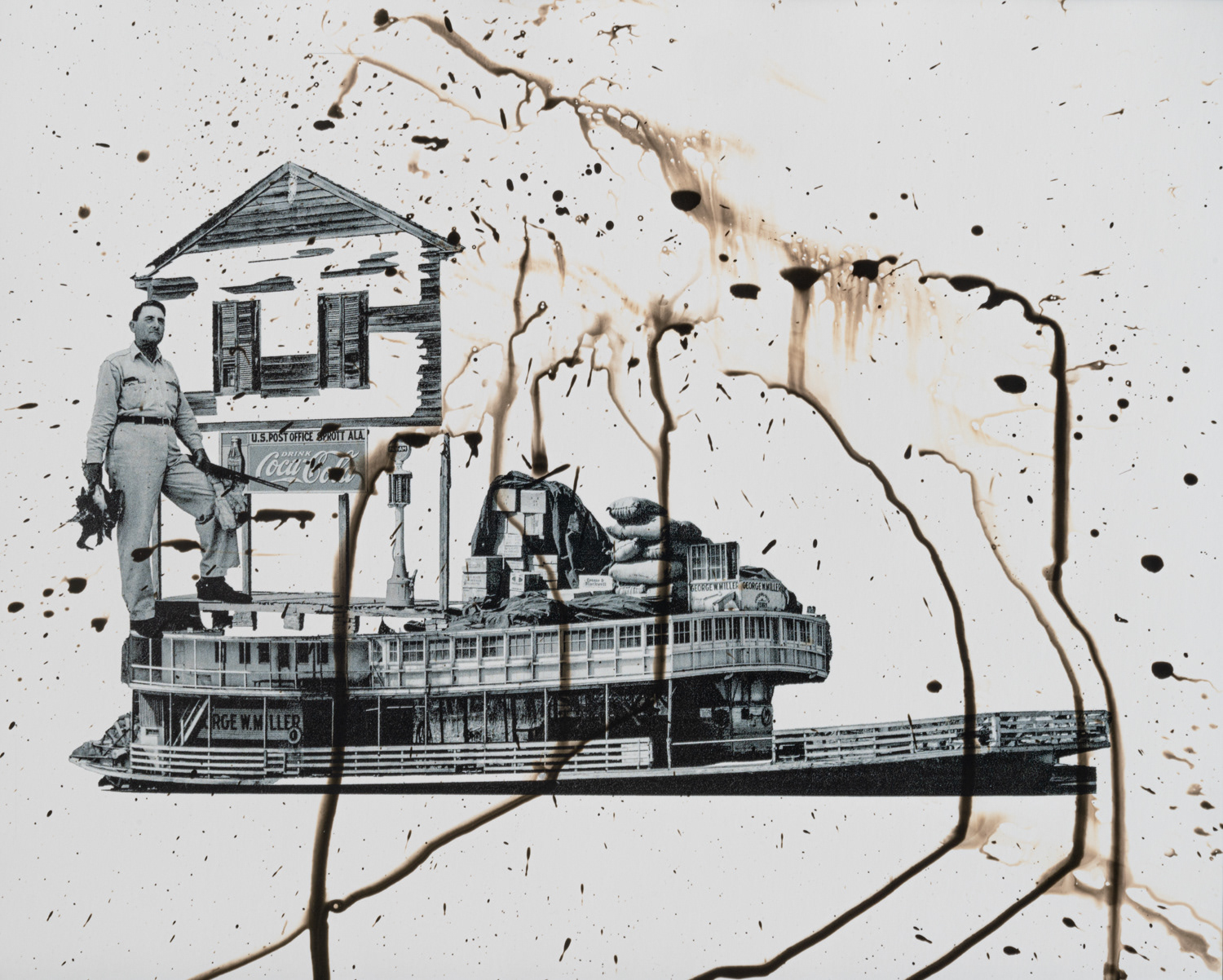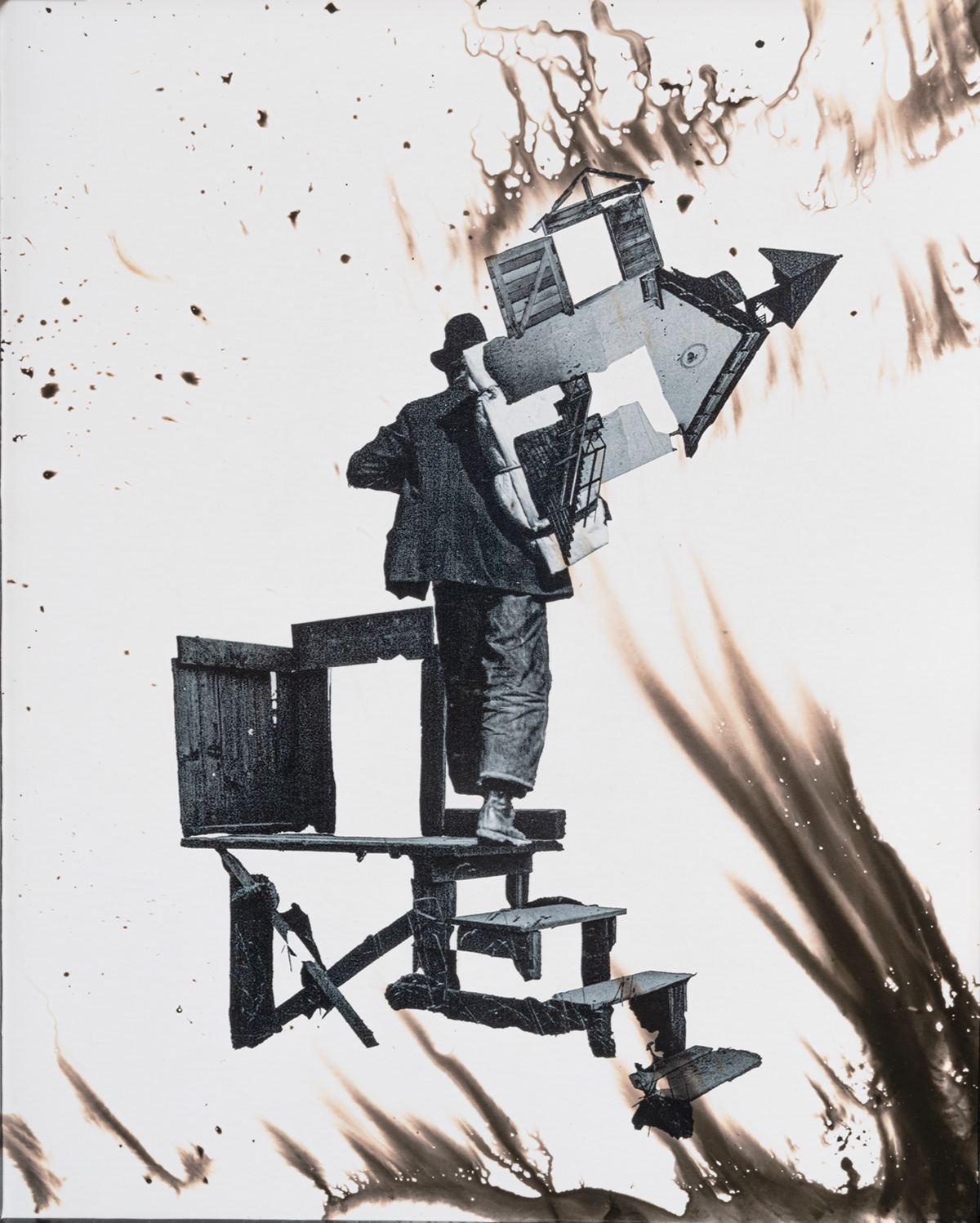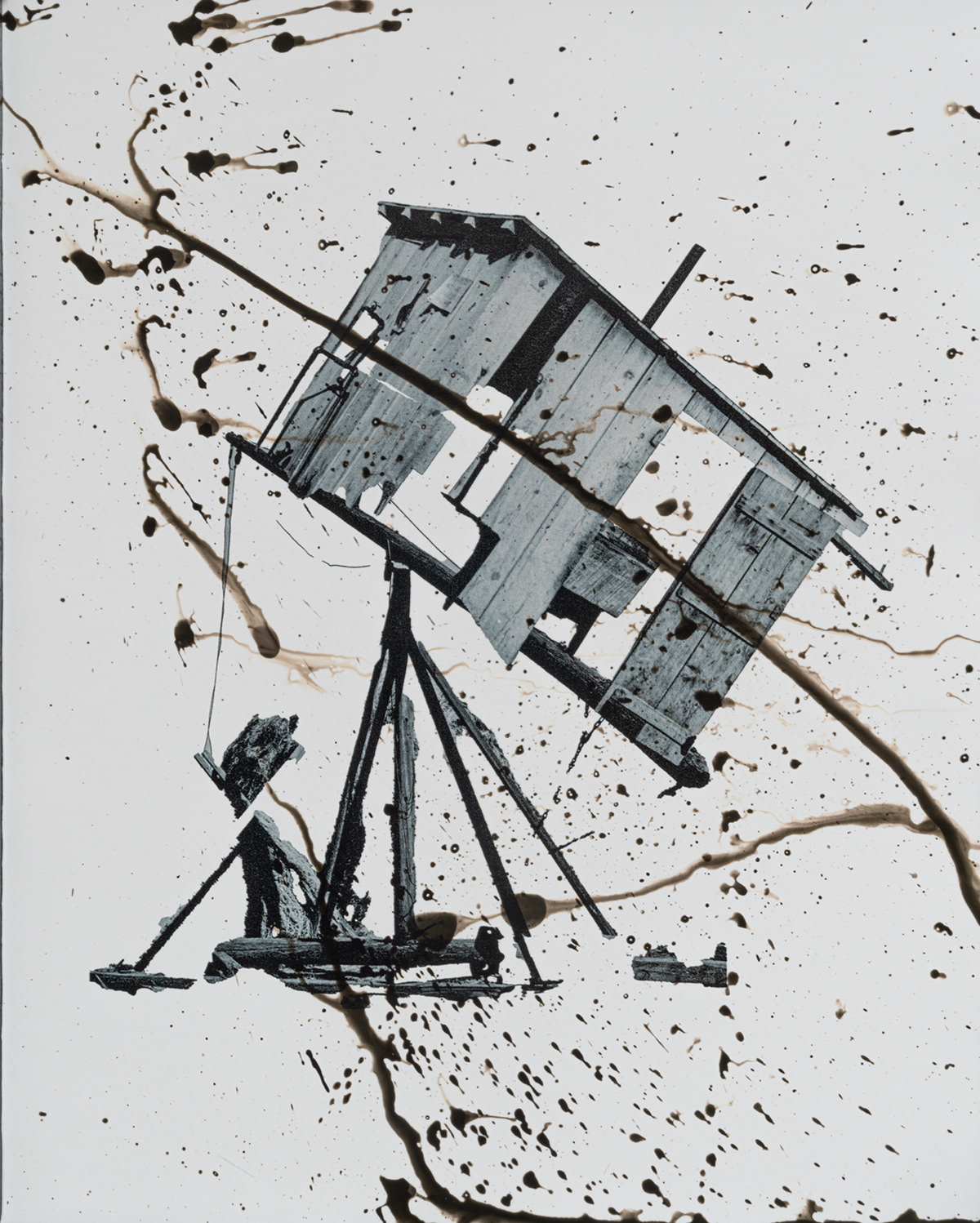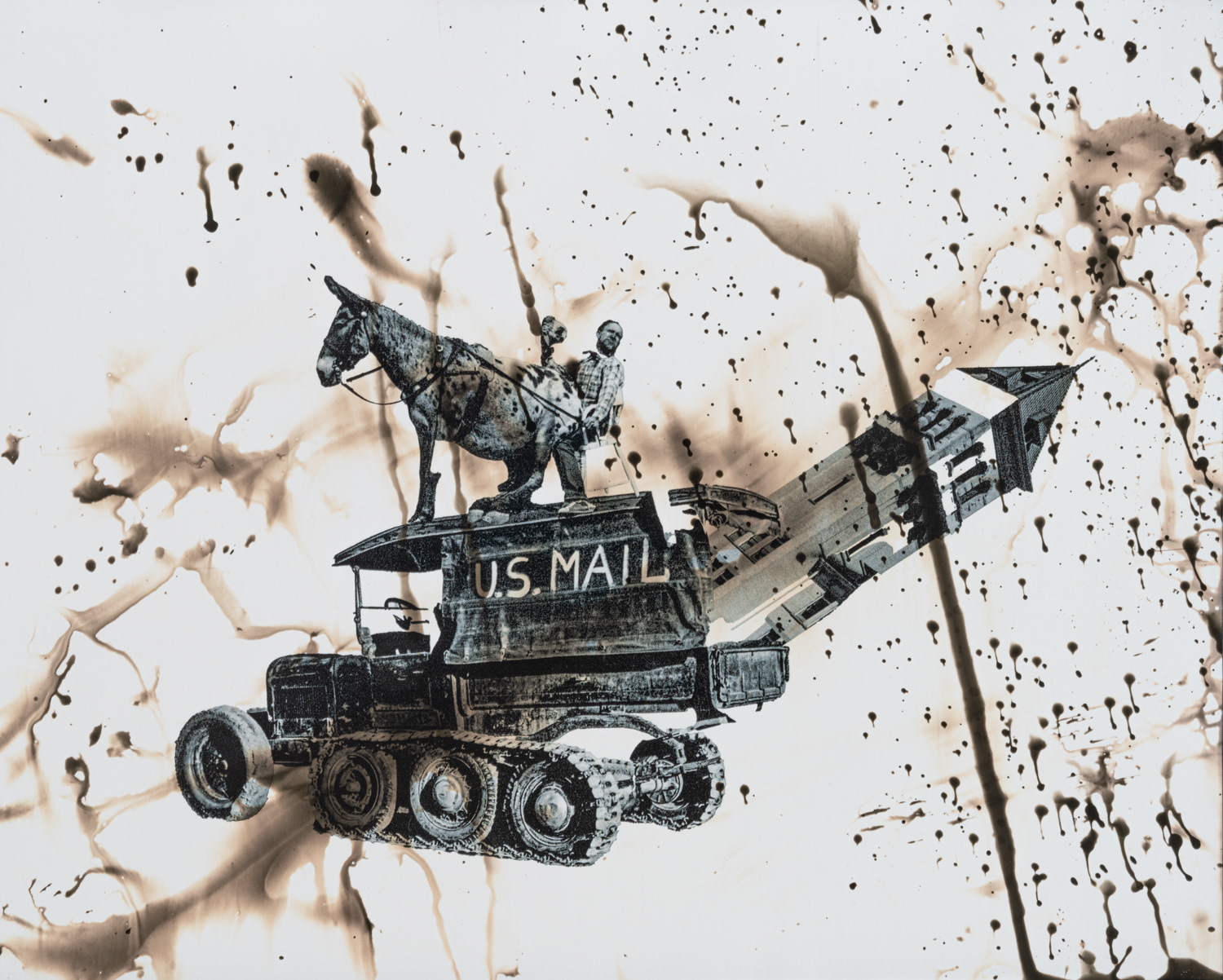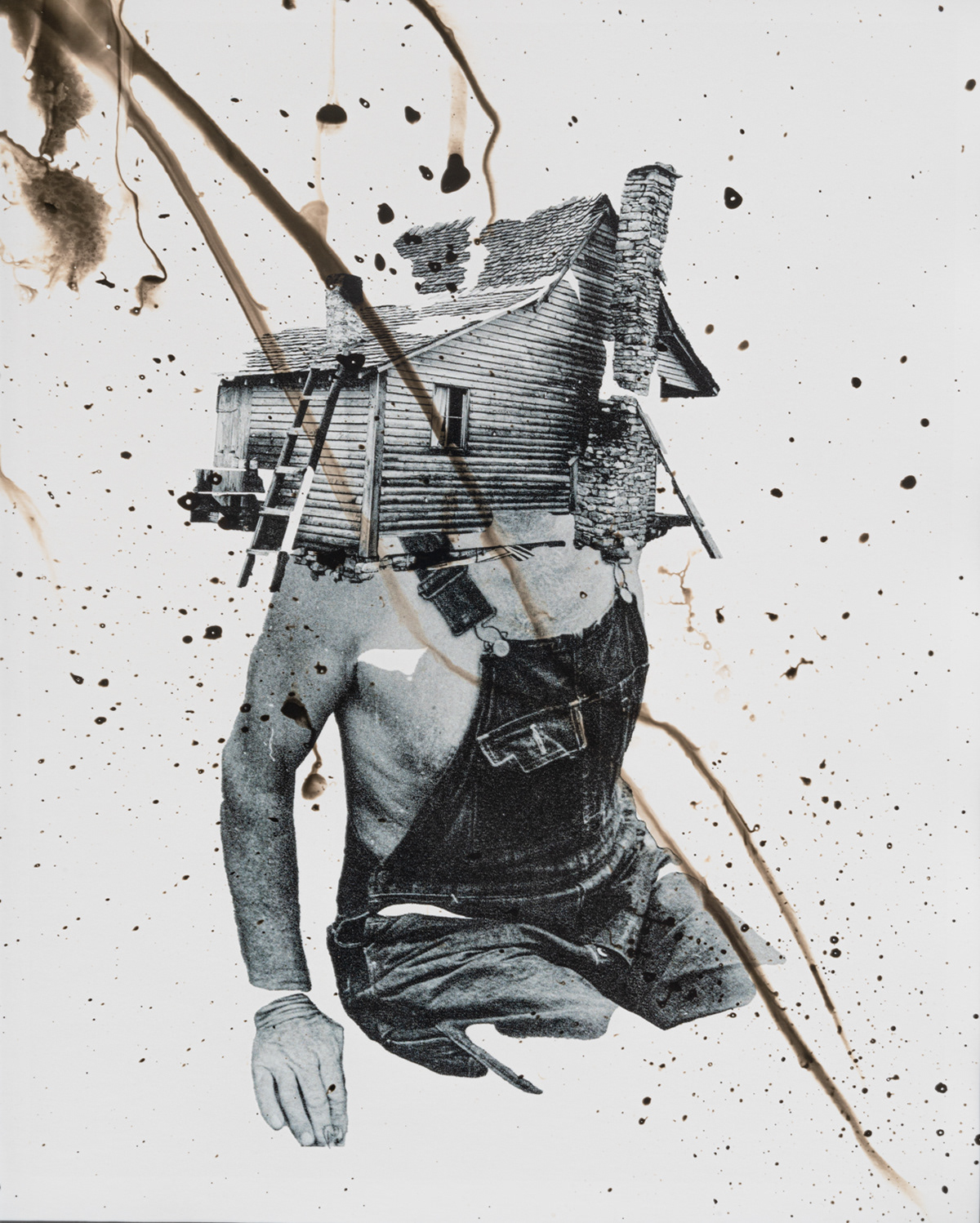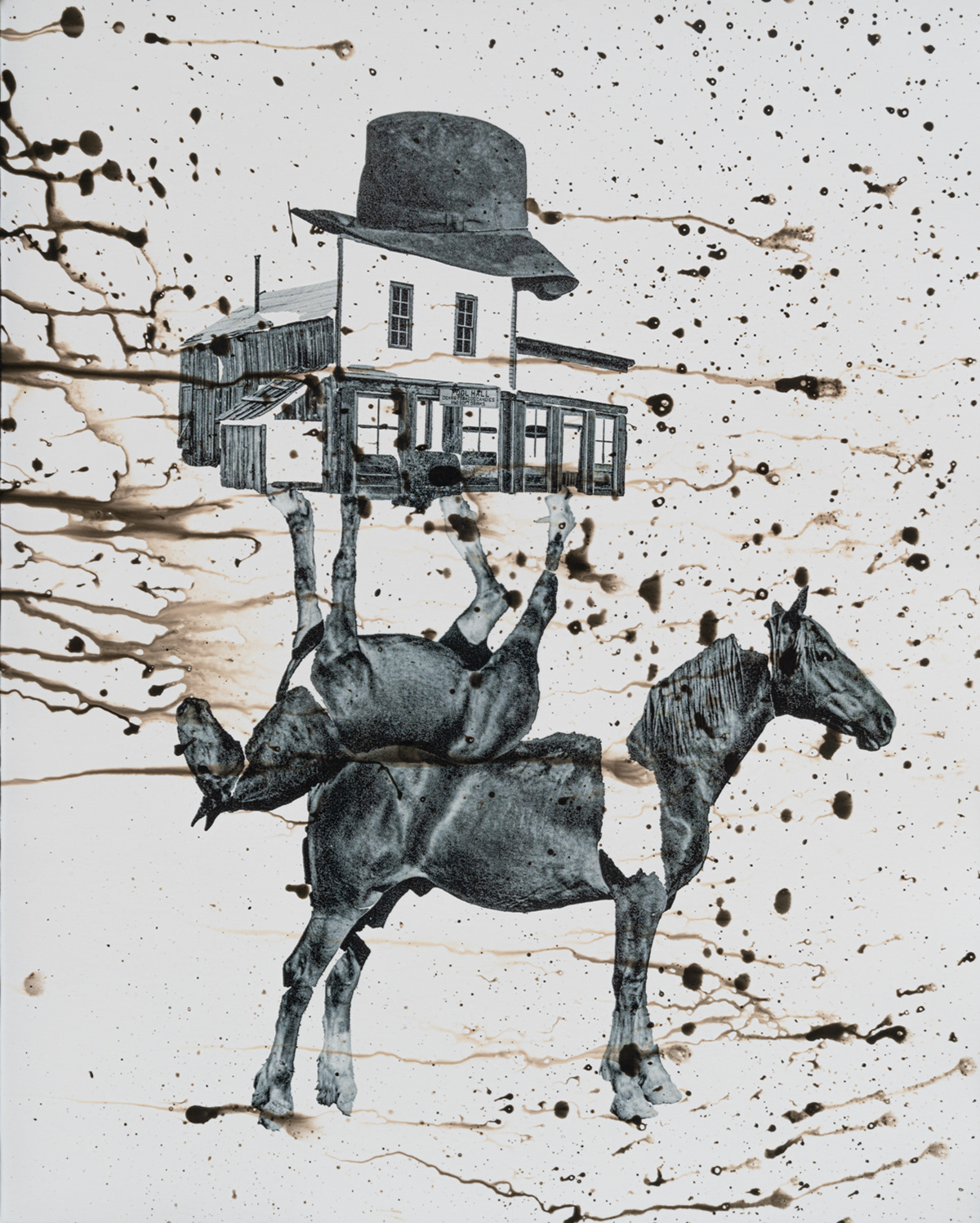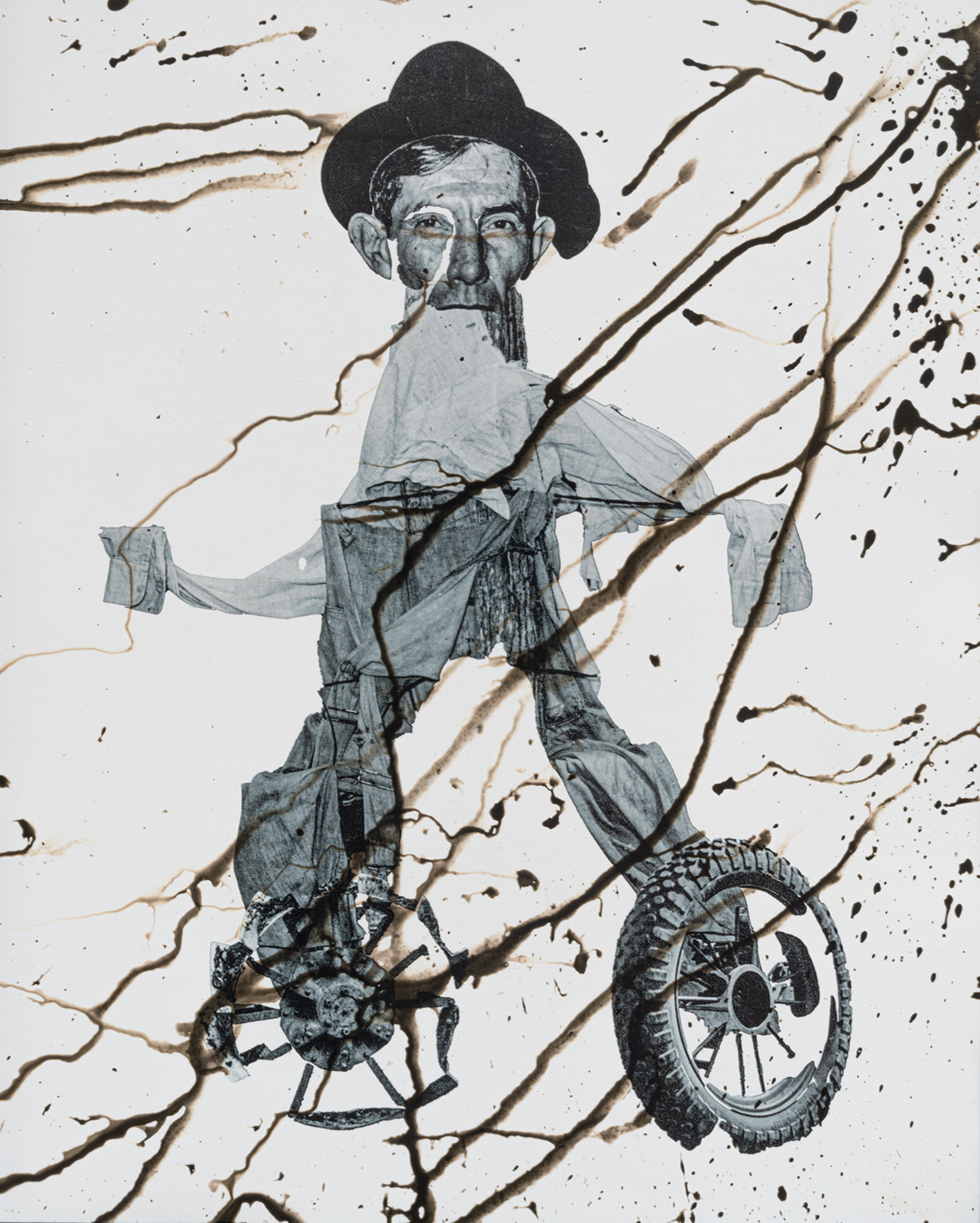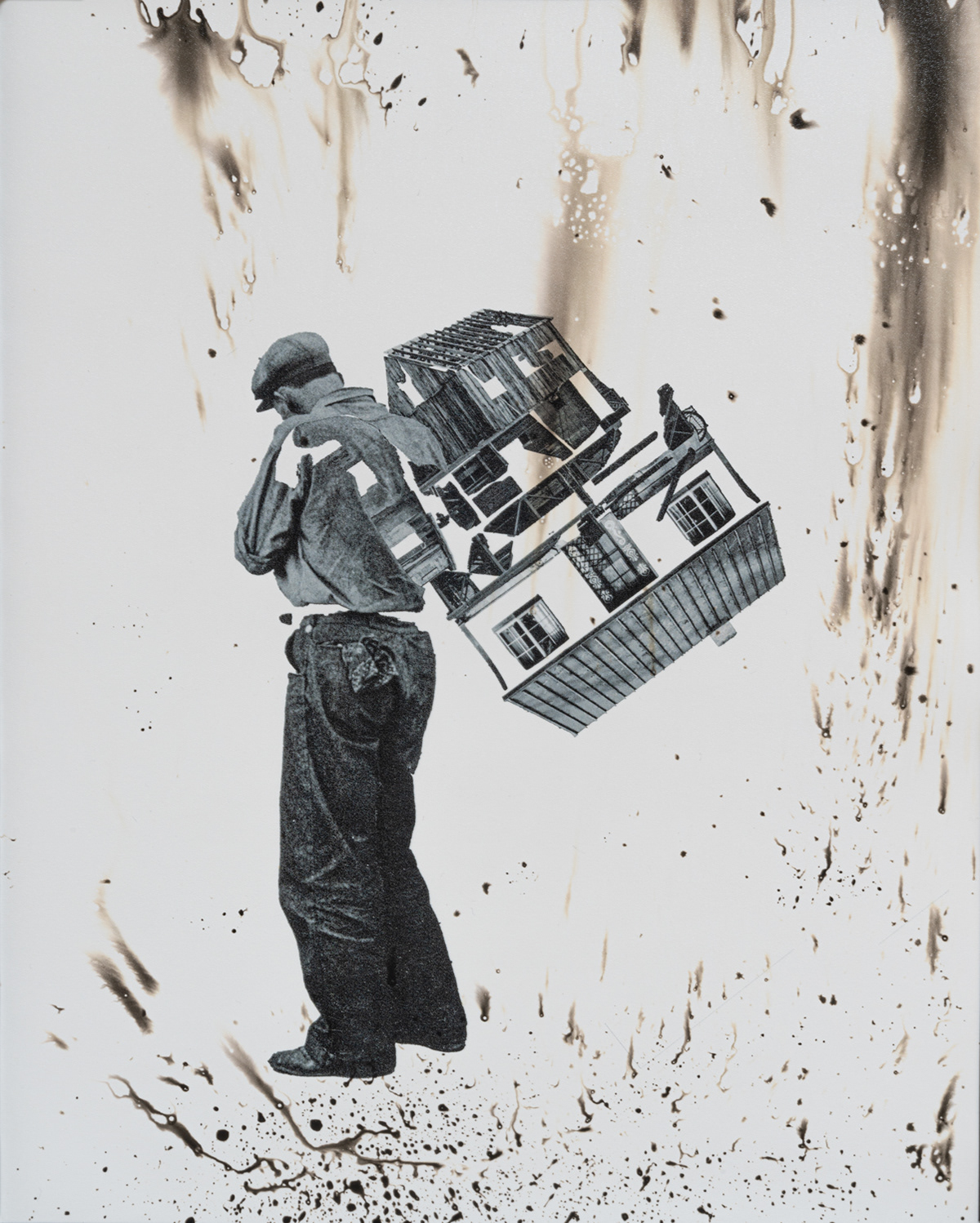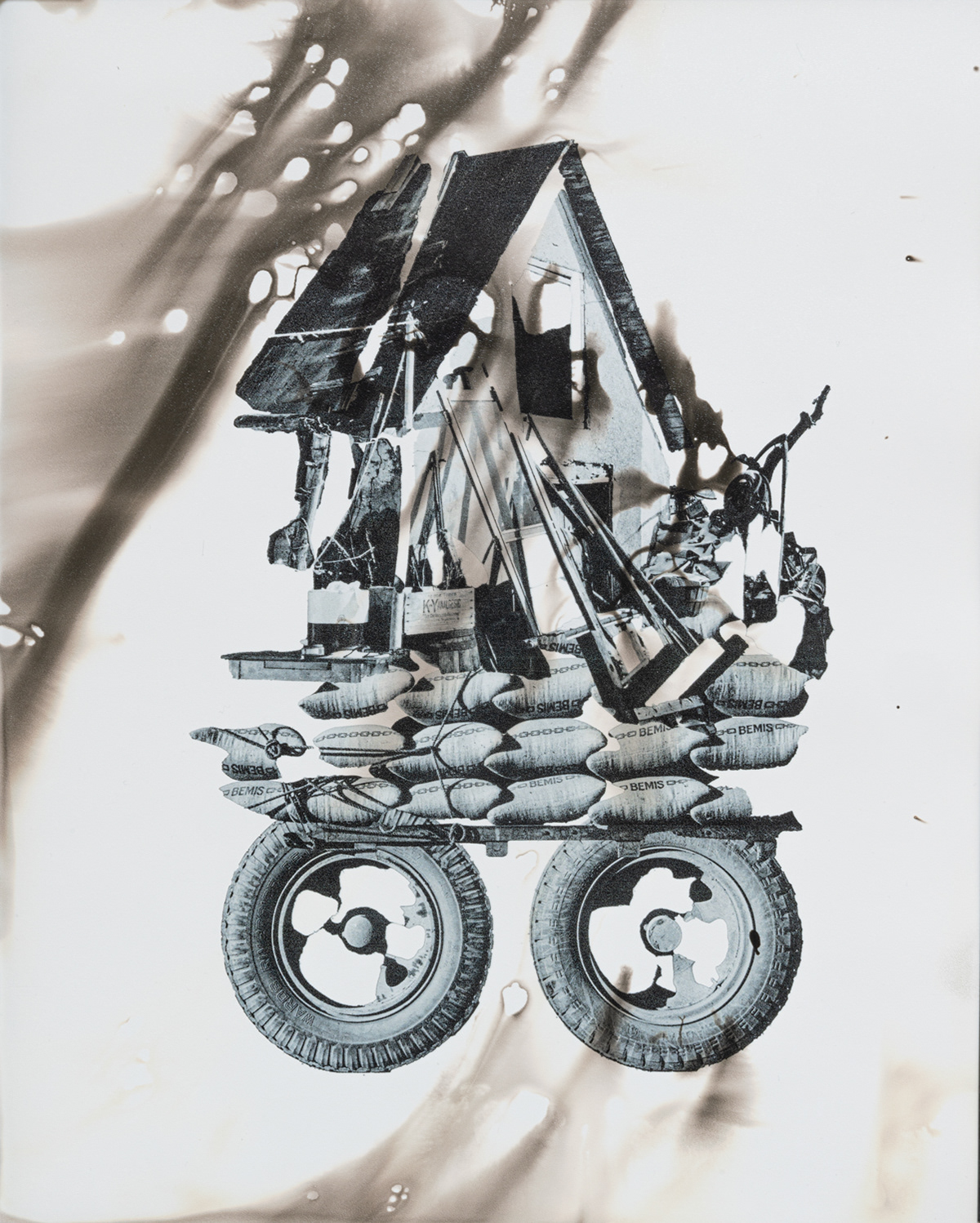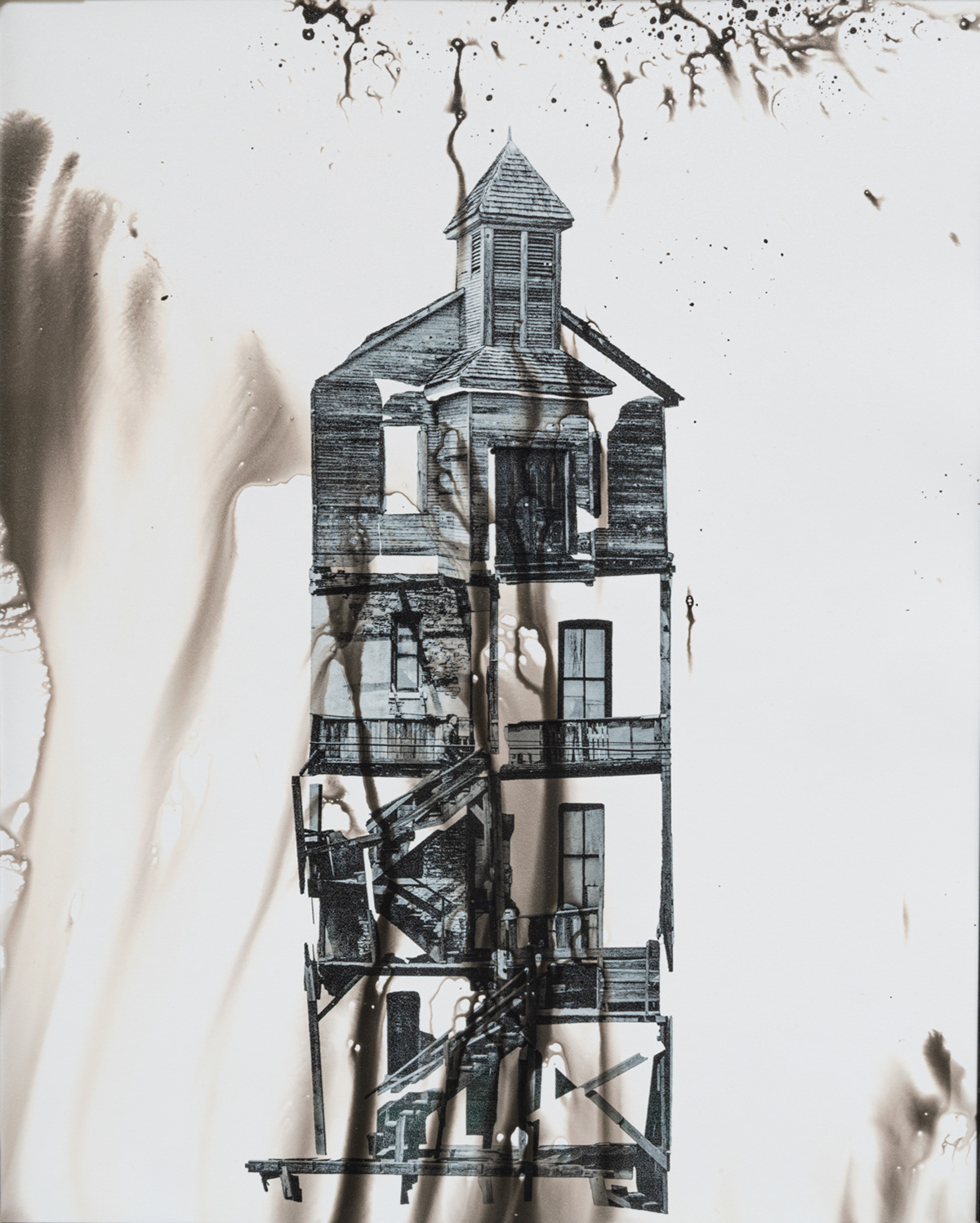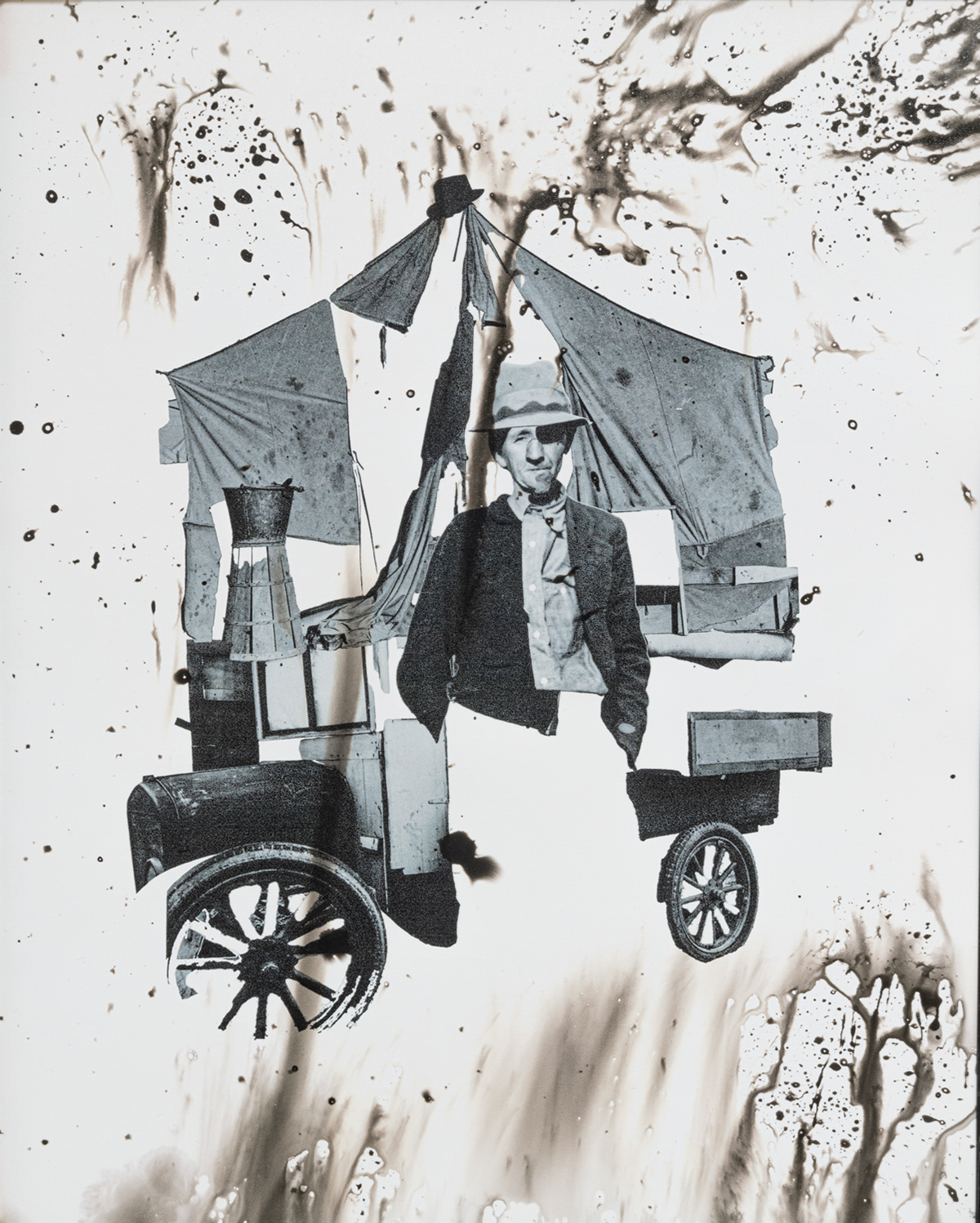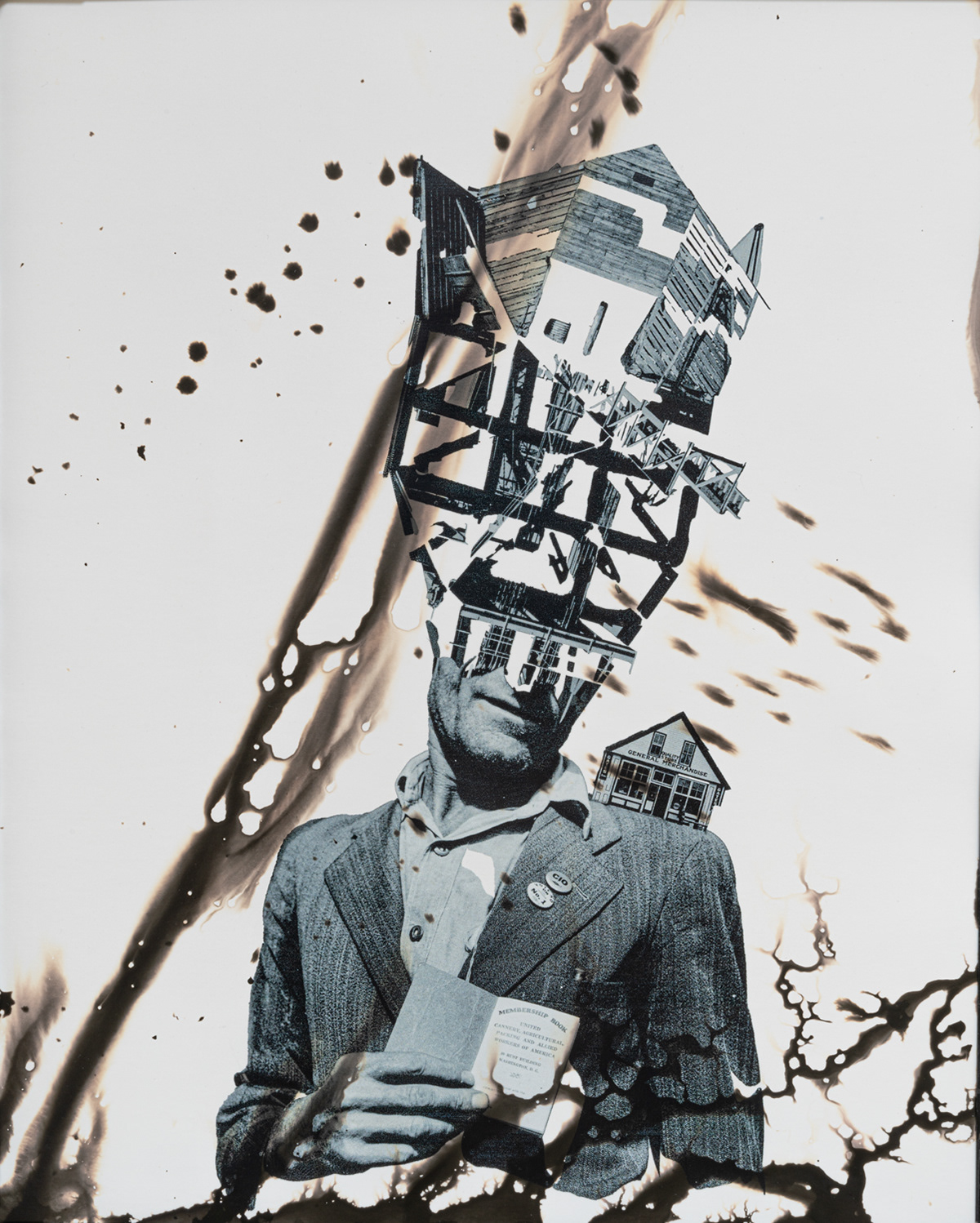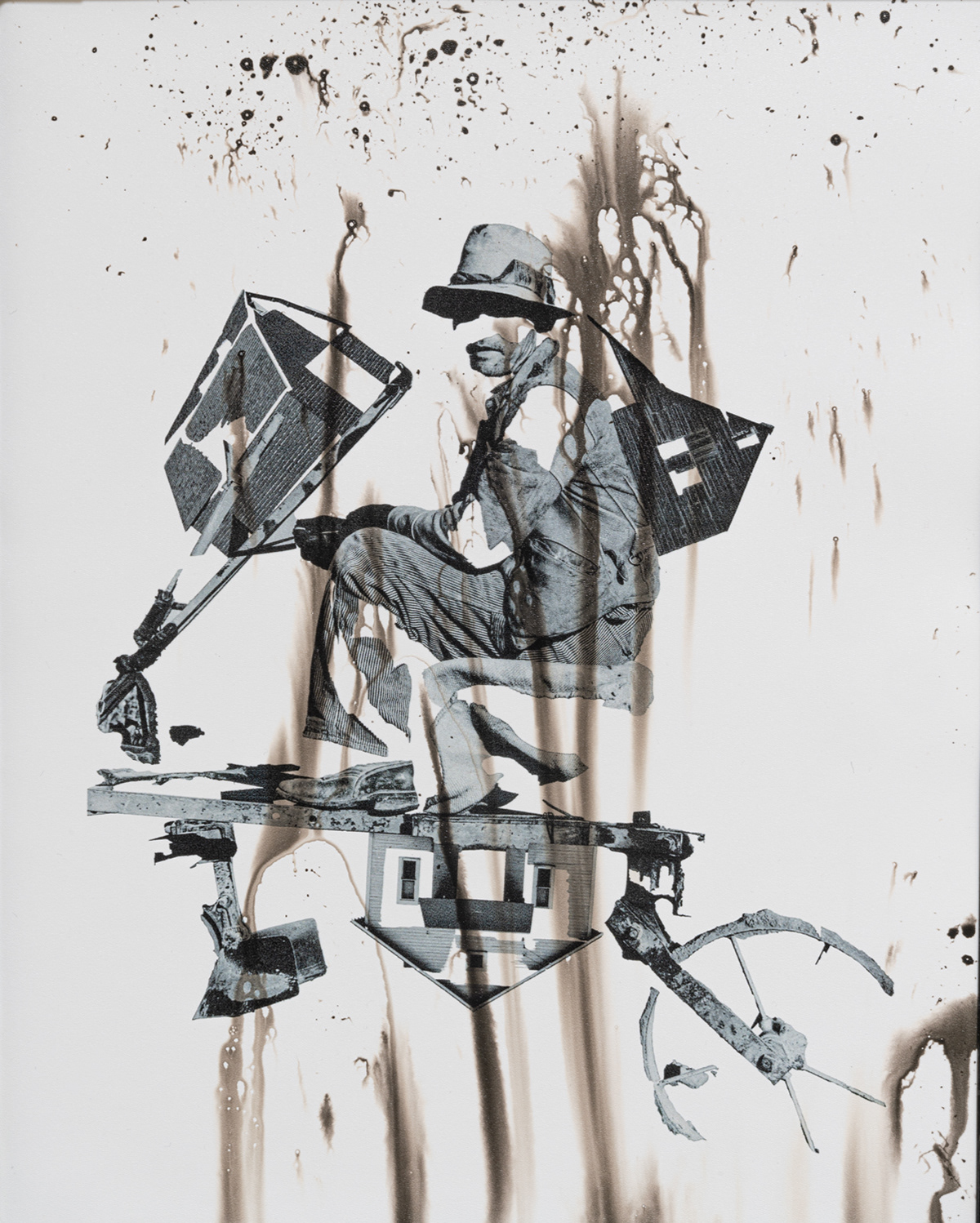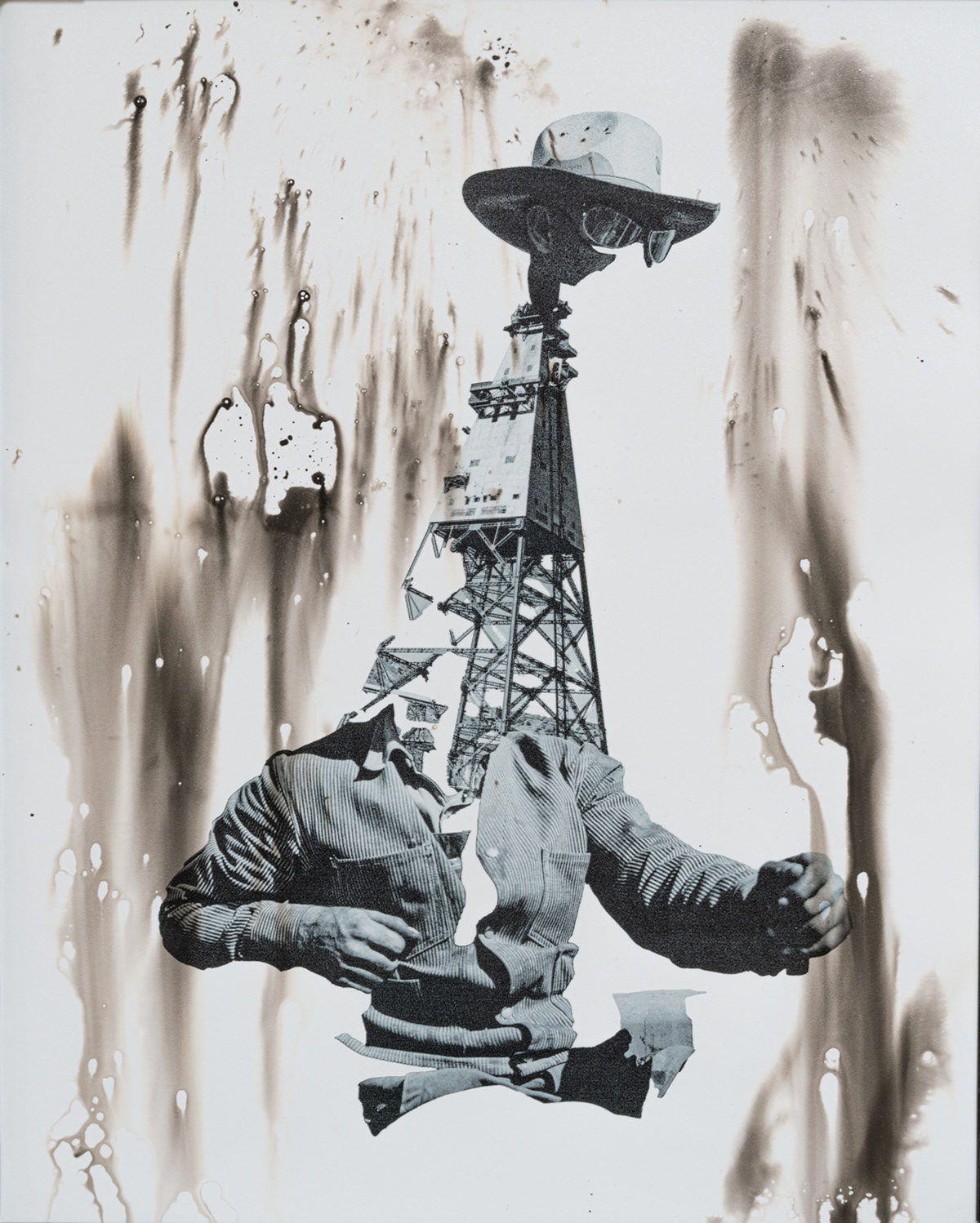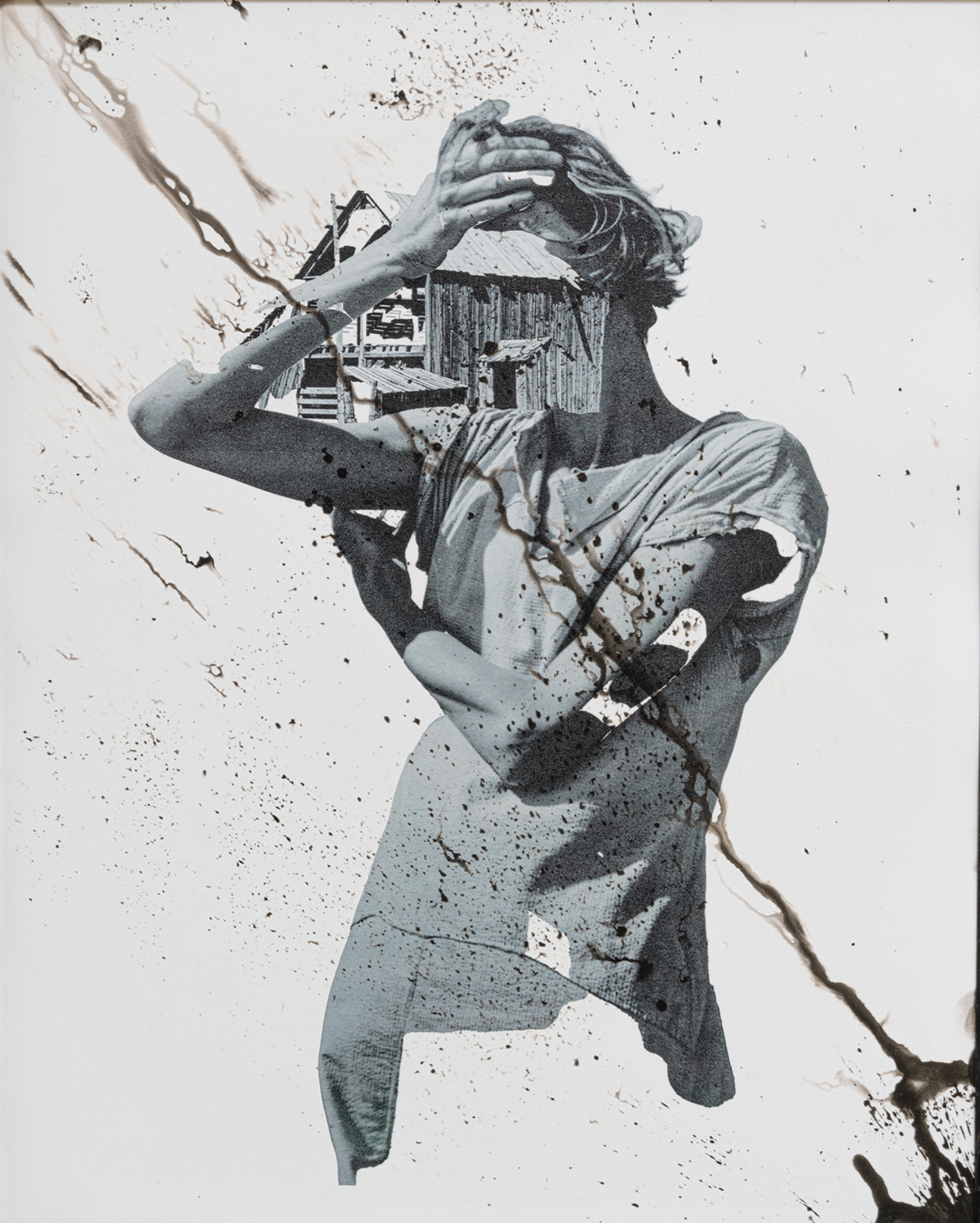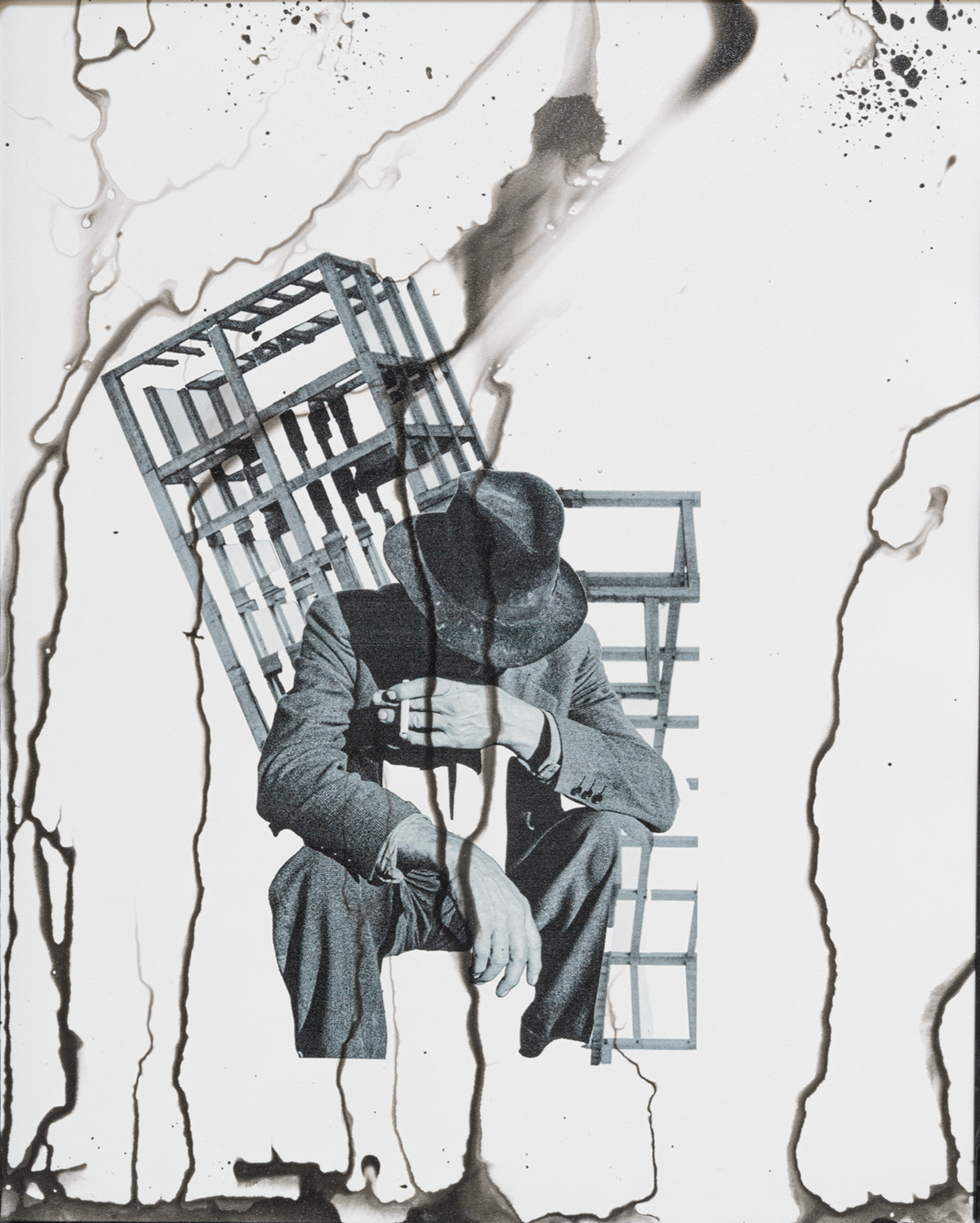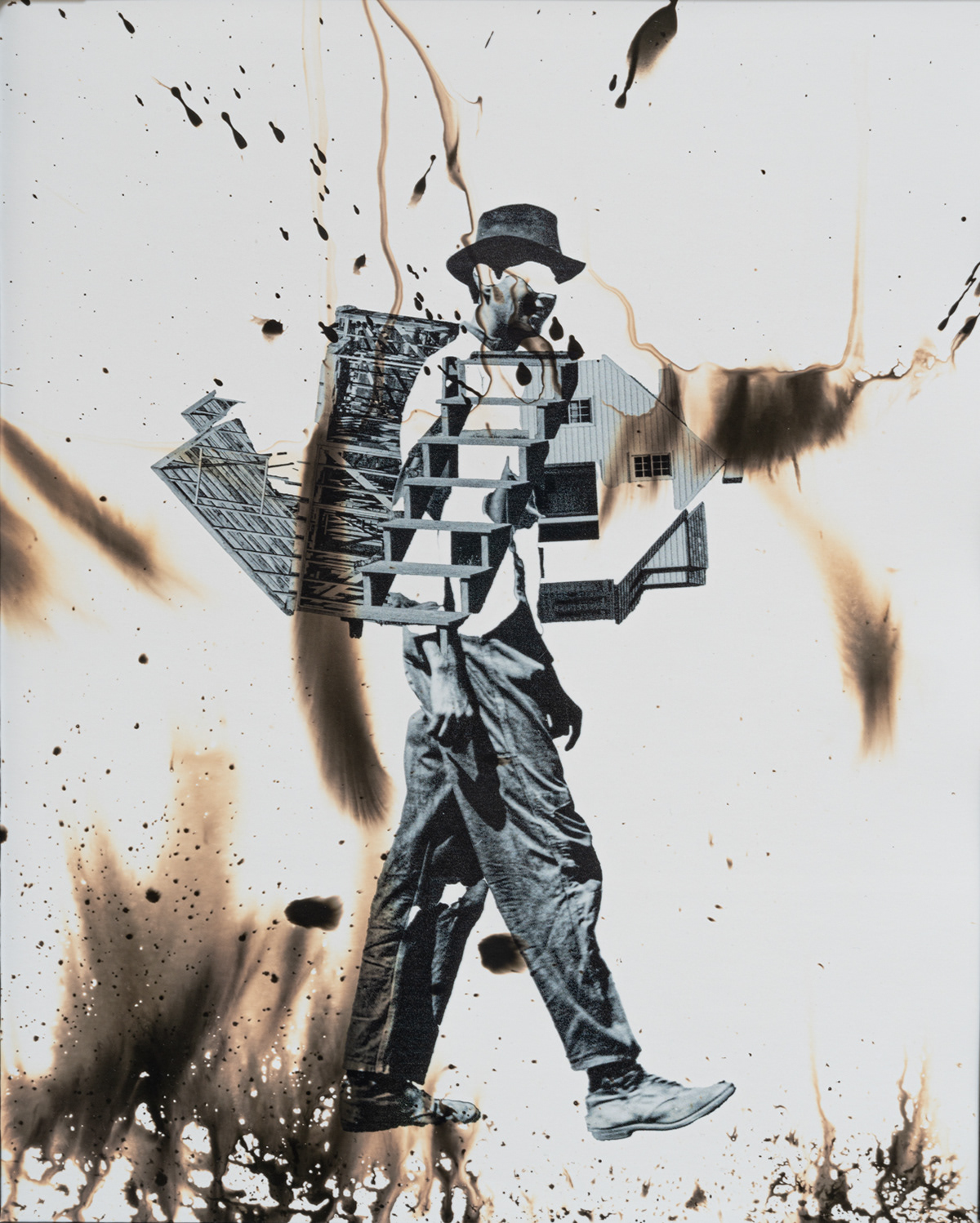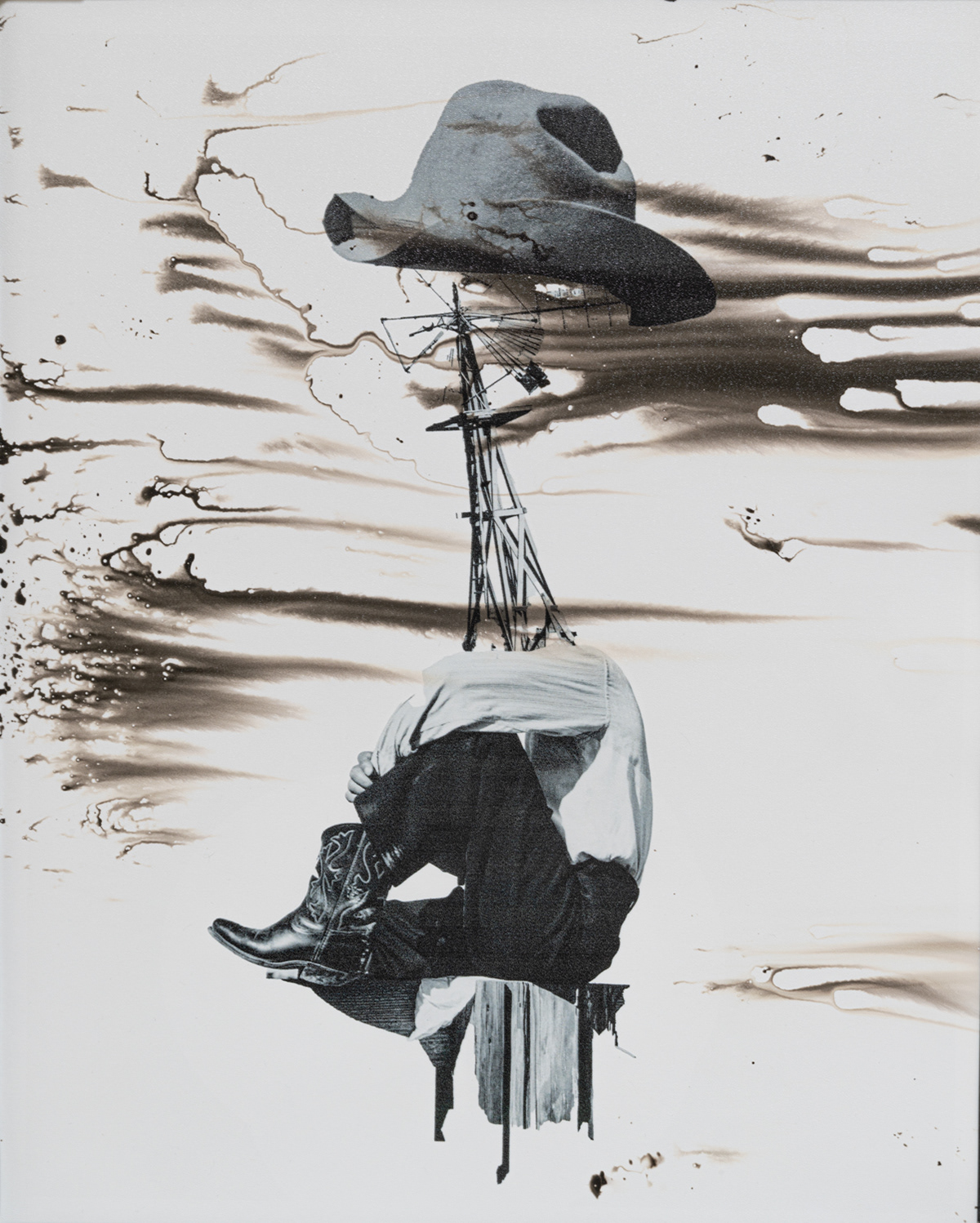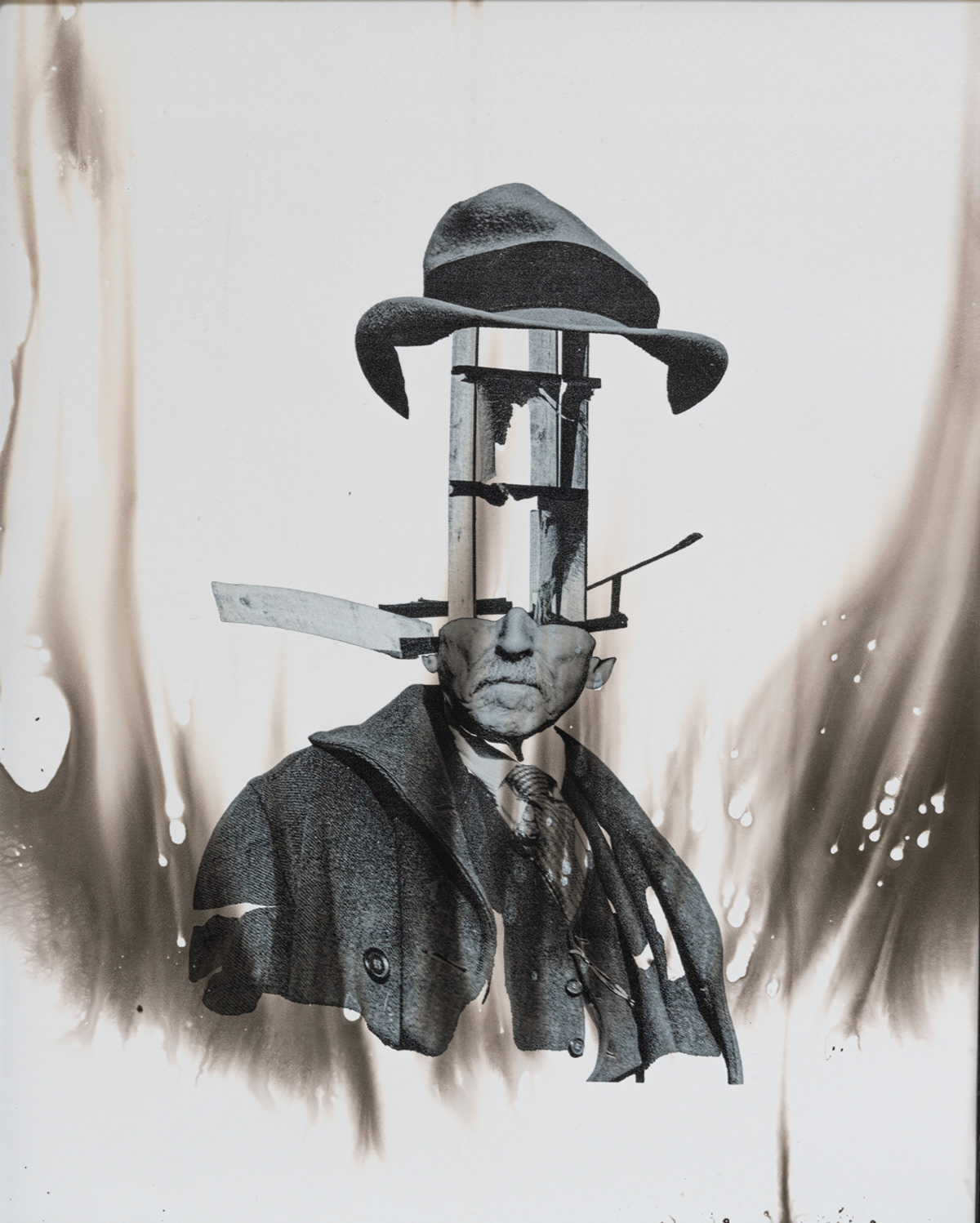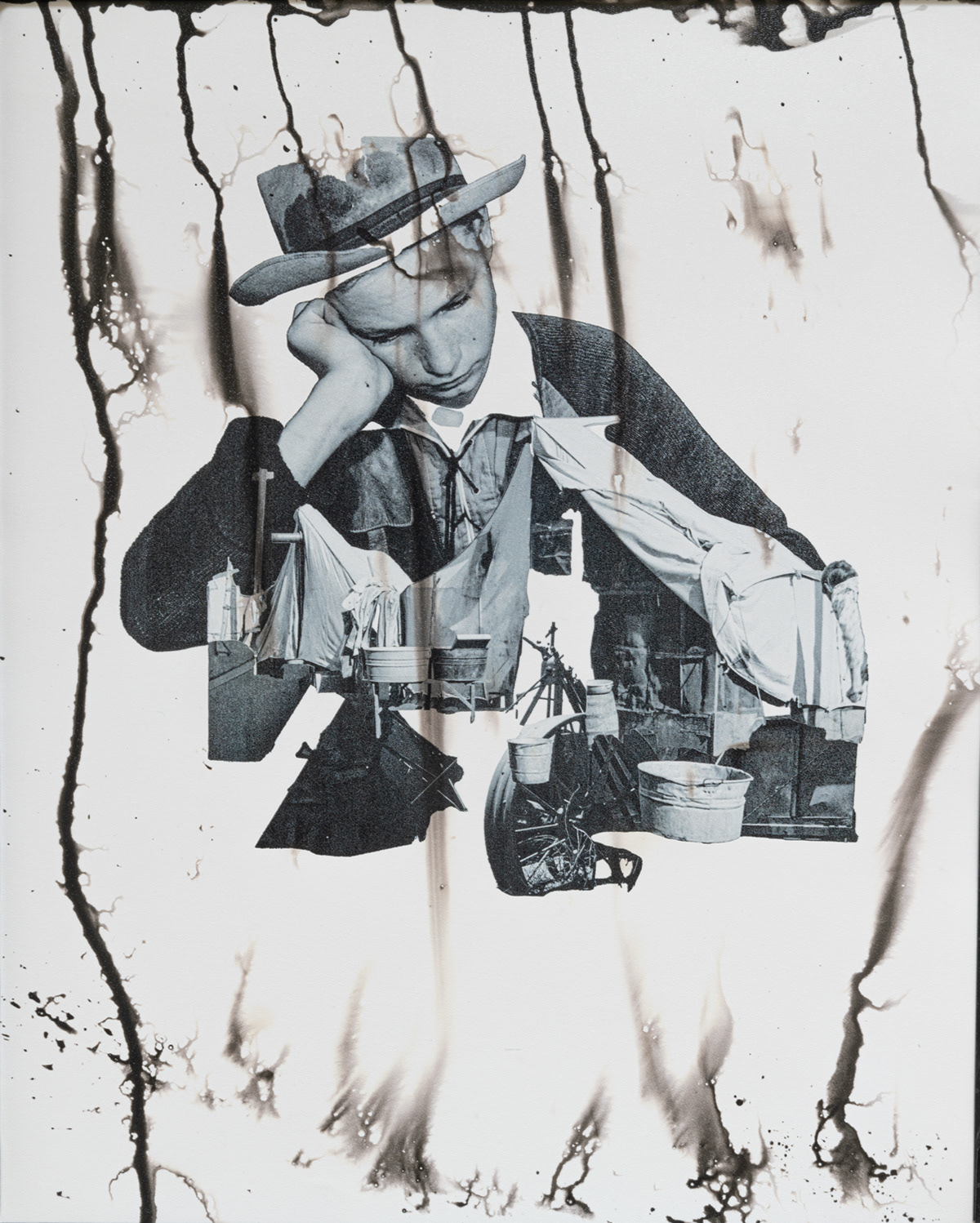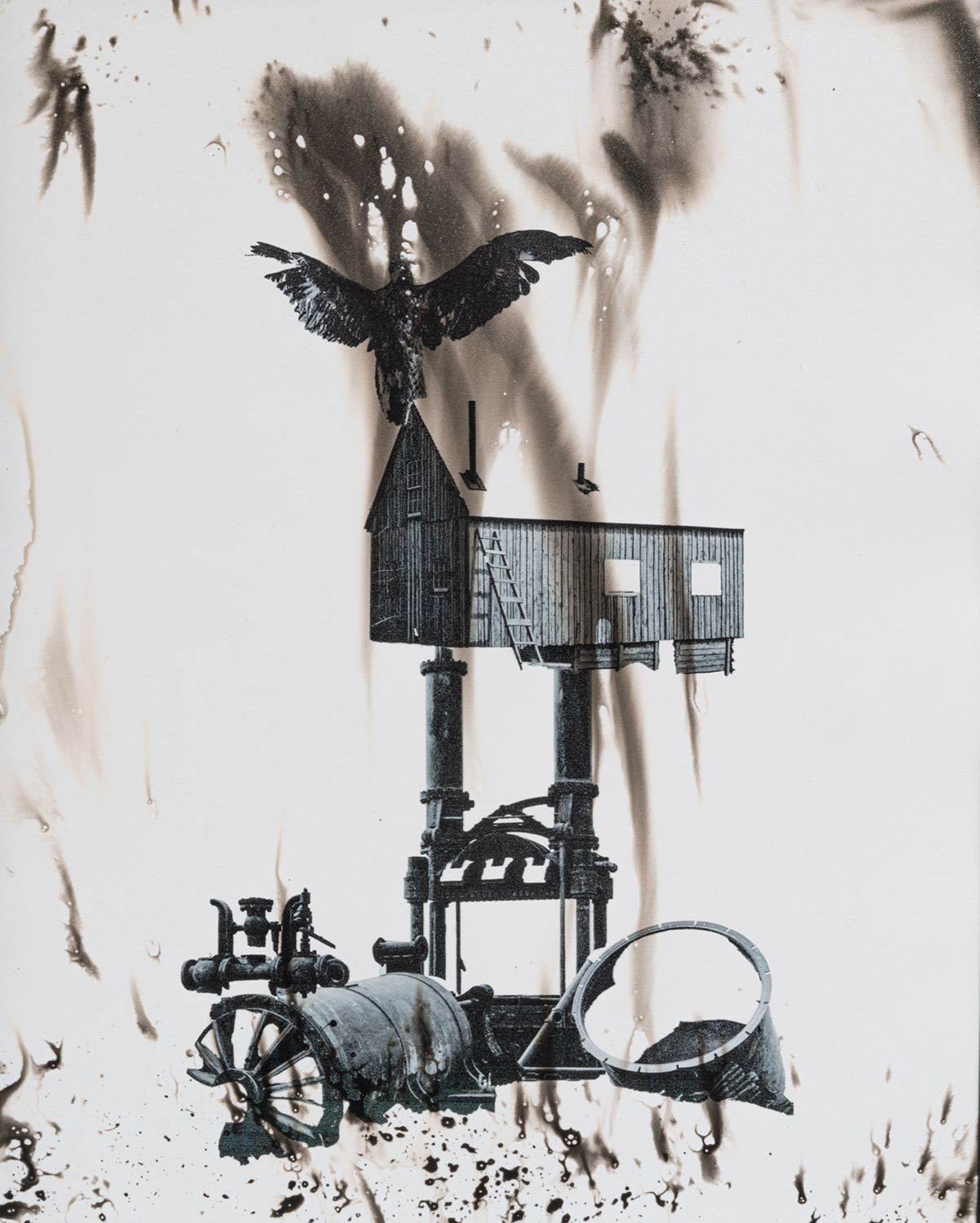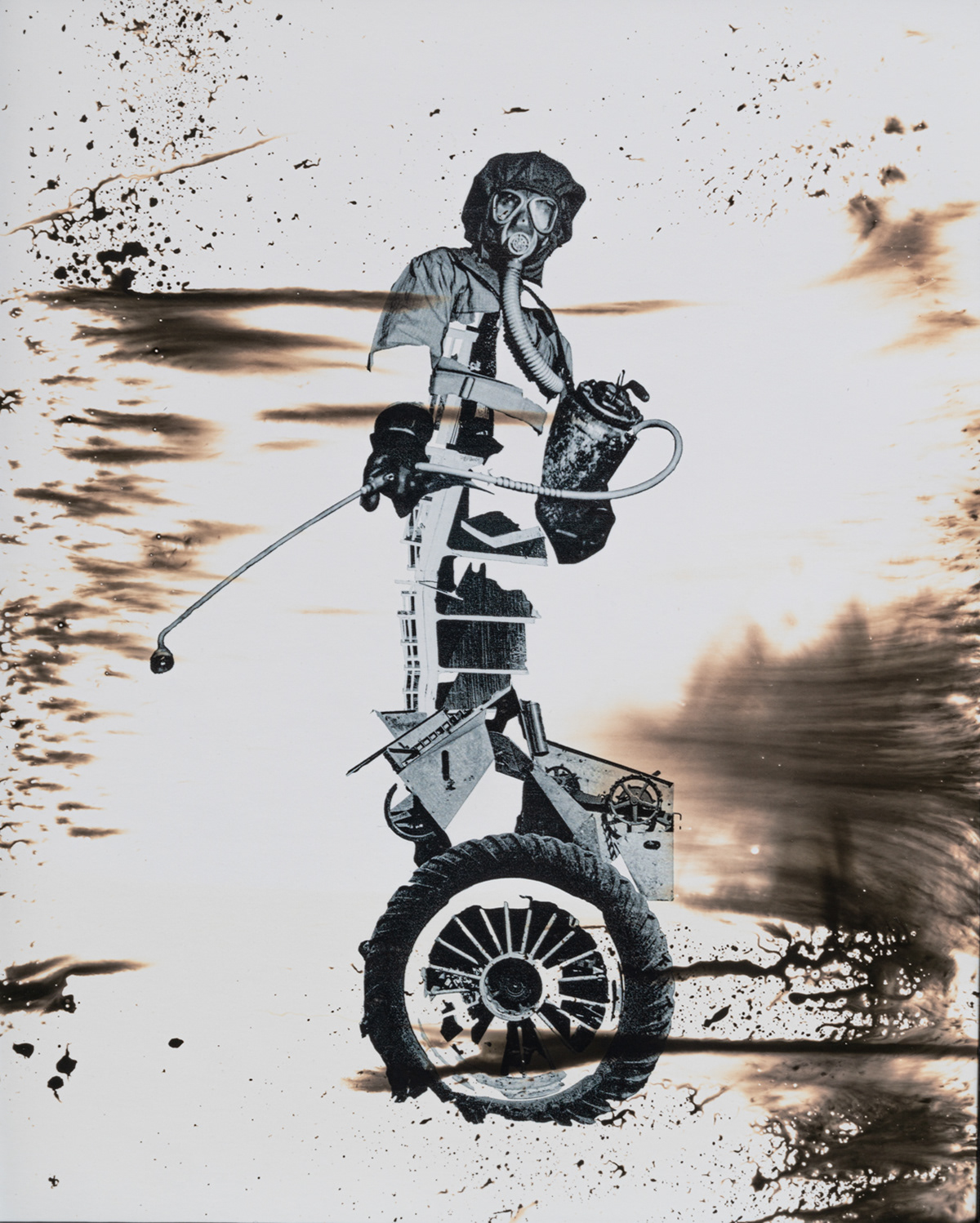The Bleached Skull of Steer on the Dry Sun-Baked Earth (2023)
These works are part of a long-term artistic study of the links between the history of documentary photography, political communication and propaganda. The works are based on the Farm Security Administration photo archive from the Great Depression era in 1935 and 1943 America.
Political context of the age, media power and funding sources has always left a footprint in photographers’ narratives on seemingly well-known historical events, places and personalities. The FSA project is one of the world’s largest archives of documentary photography, designed to portray a period of complex socio-political challenges in the US society, which also, strangely enough, was an era filled with hope. The creation of the FSA photographic project was largely tied to a desire to support through the FSA President Roosevelt’s initiative of strengthening the mobility of poor farmers, tenant farmers, sharecroppers and migrant workers and lending them money to buy farms. At the time, the FSA conception was politically criticized as “socialistic.” Photographers were drawn to portray both the aftermath of the depression era and to support the political urgency of the project. Can we talk about the presence of direct propaganda in the FSA photo project? It is difficult to define, but the launching of the FSA project is largely about strengthening certain political ideas in society as well as persuading the public and political opponents. We will never be able to fully assess the impact of such a visual archive on past political developments and the state of the current documentary photograph, yet we can identify that most FSA photographs do not reveal social or private history. Yes, of course, in the FSA archive we can observe the harsh past of the Great Depression era in images, we can arrange the pictures in the order of their shooting time, we can track the photographers’ routes and shooting periods, we can trace the history of publishing these photos in the media, but can these photo arrangements reveal the connections of any particular person or group depicted to the collective phenomena of age and culture, or even to the privately intimate set of experiences? How does the FSA photo archive define the reality of that period in the US? Of course, it’s overly ambitious to expect the photos to be able to expose reality. Yet the FSA archive distinctly portrays the great political narratives of the era of depression, laying out the lives of “small people” in a paternalistic decoration for an illustration of socioeconomic developments and the dogmas of political communication.
My collages focus on deconstructing and later reconstructing the photos of the FSA photo archive in new image constellations. I am primarily interested in critically questioning the meanings of original FSA photographs and their indexical connection to representations of private and collective tragedies. My main research question is whether, as a society, we are still able to forge meaningful relationships with the narratives of the past to learn collectively and make past memories and trauma part of our self-identity.
All works are silver gelatine chemigrams used as a base for archival pigment ink prints. All works are unique print (edition 1 of 1). Sizes 24 x 30cm. Total amount of works -71.
